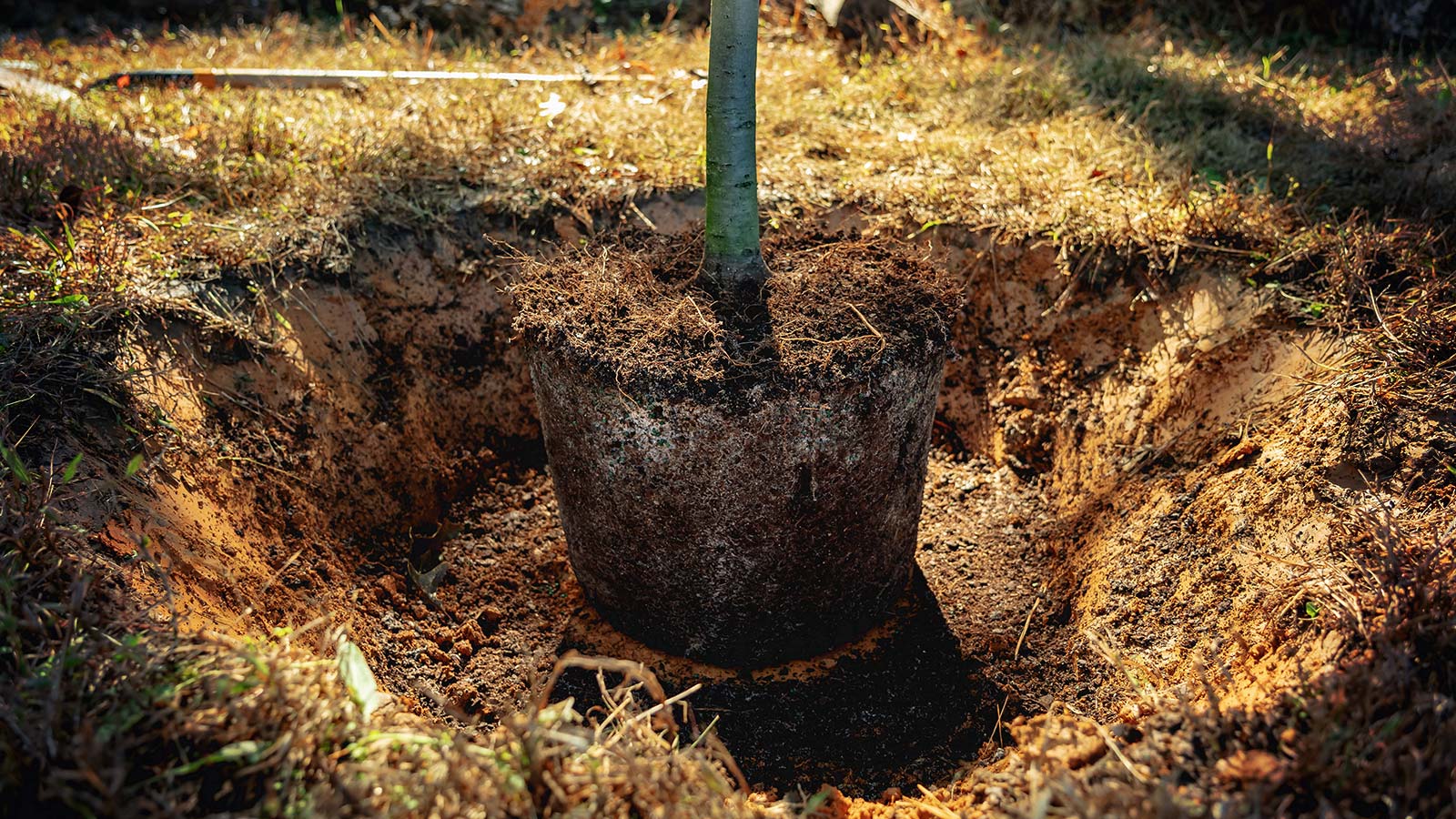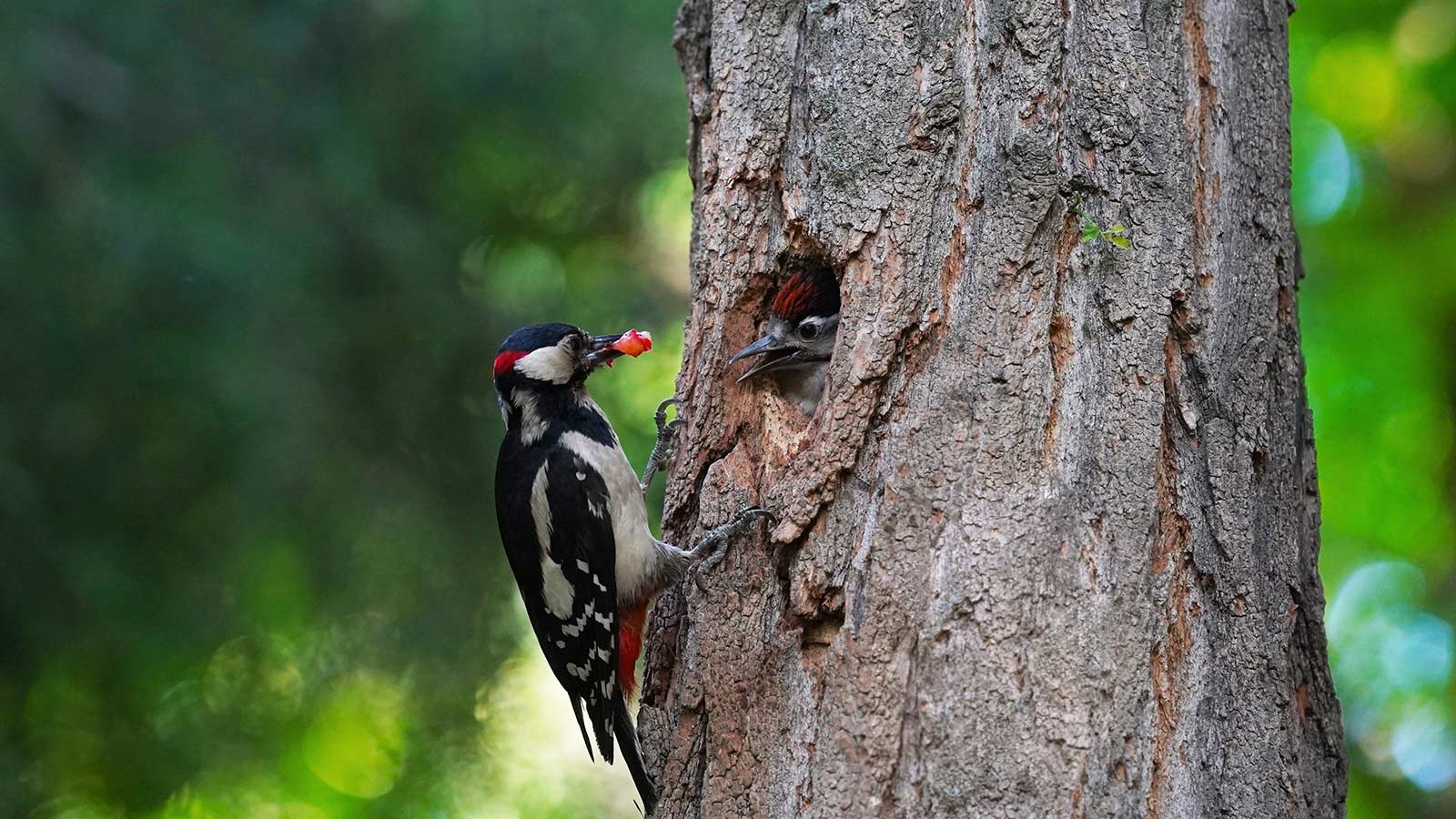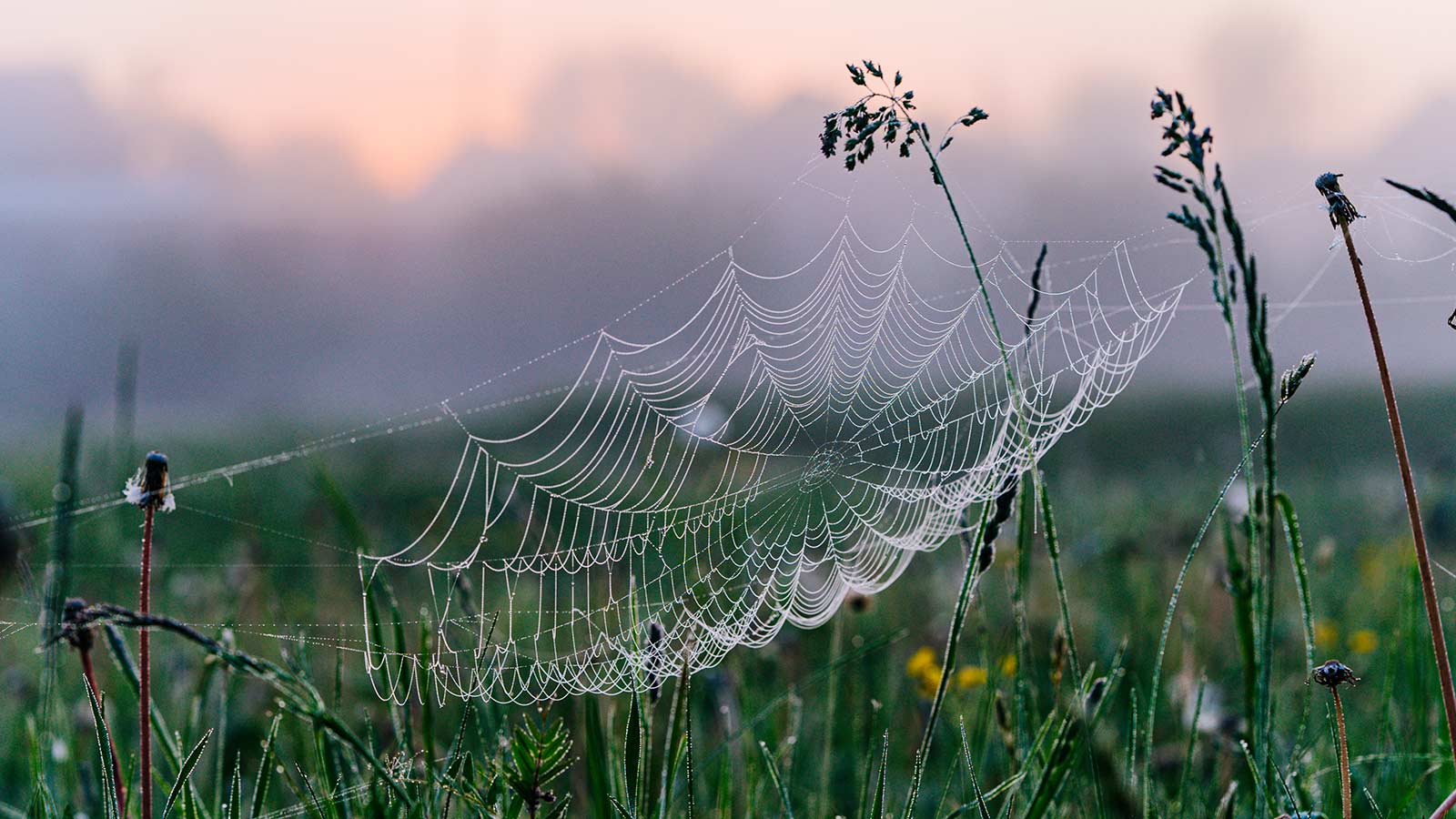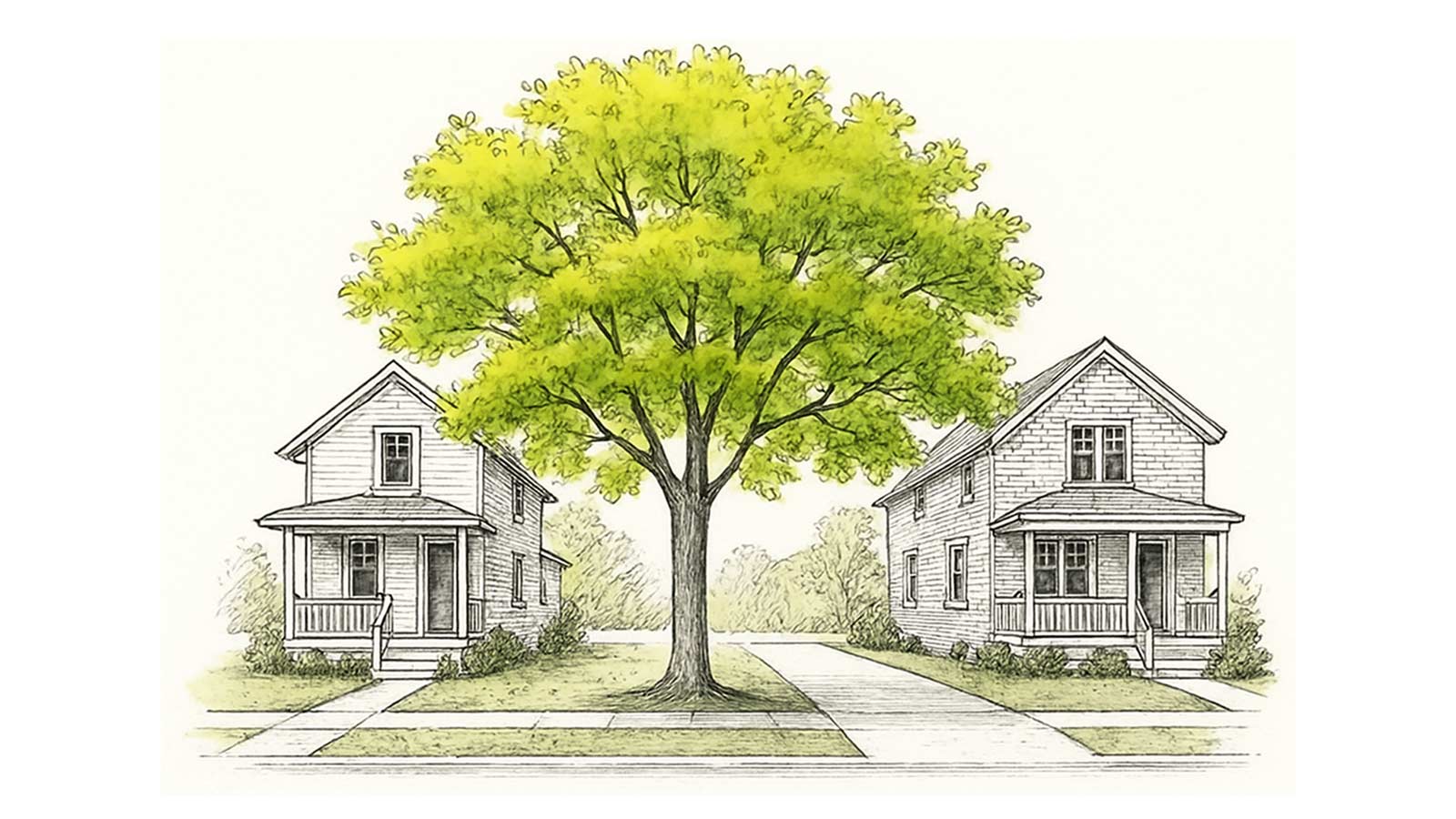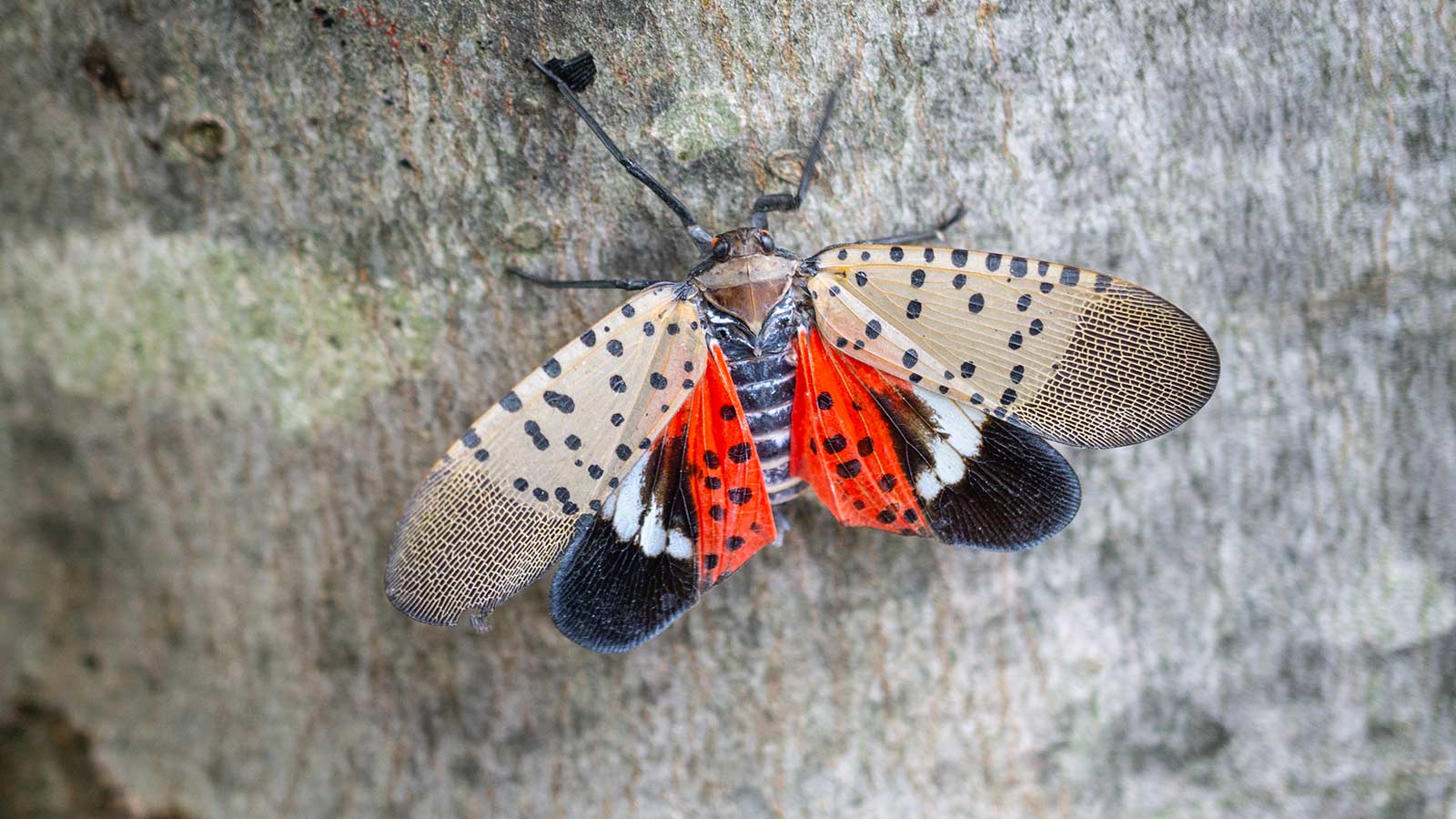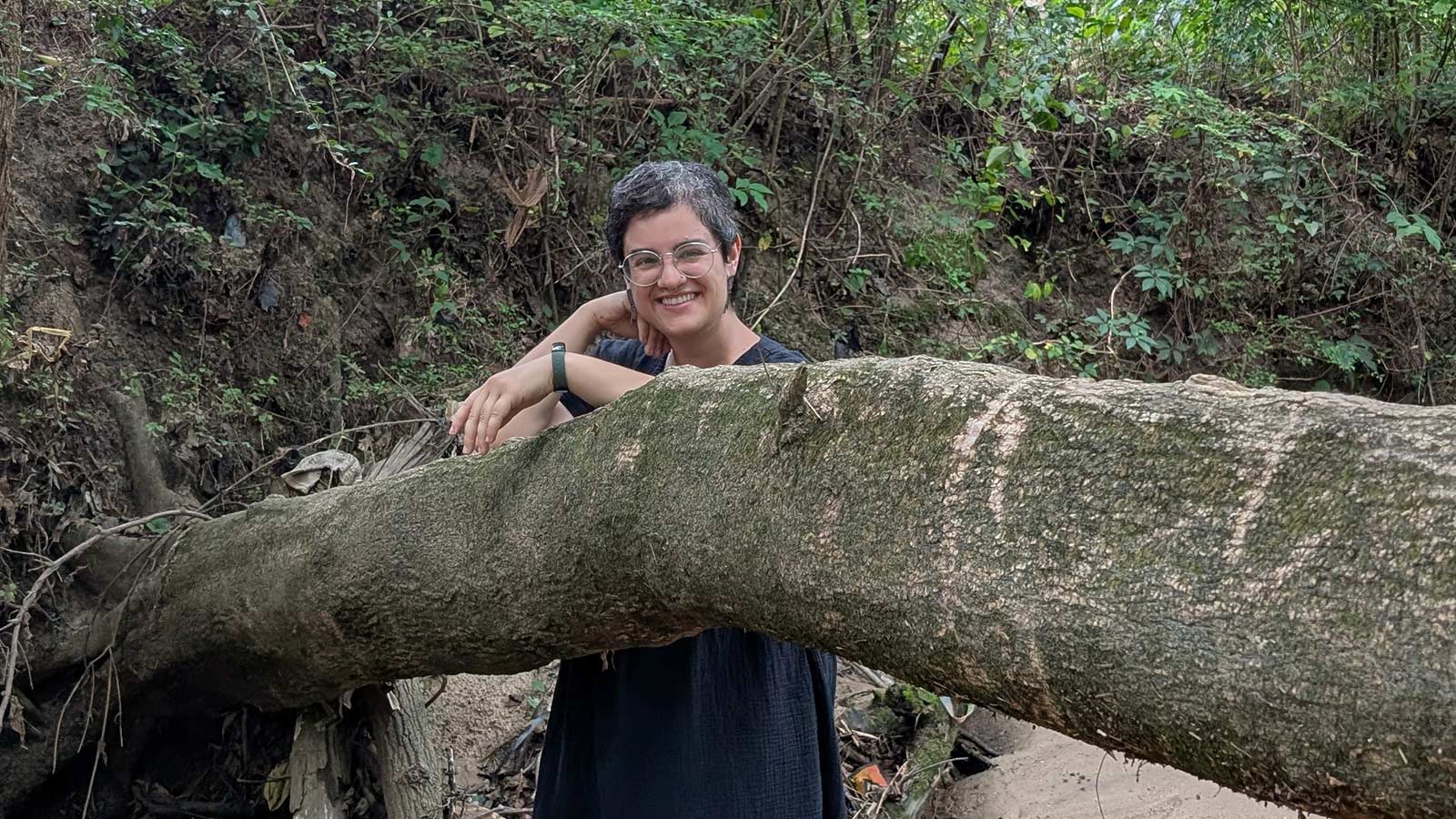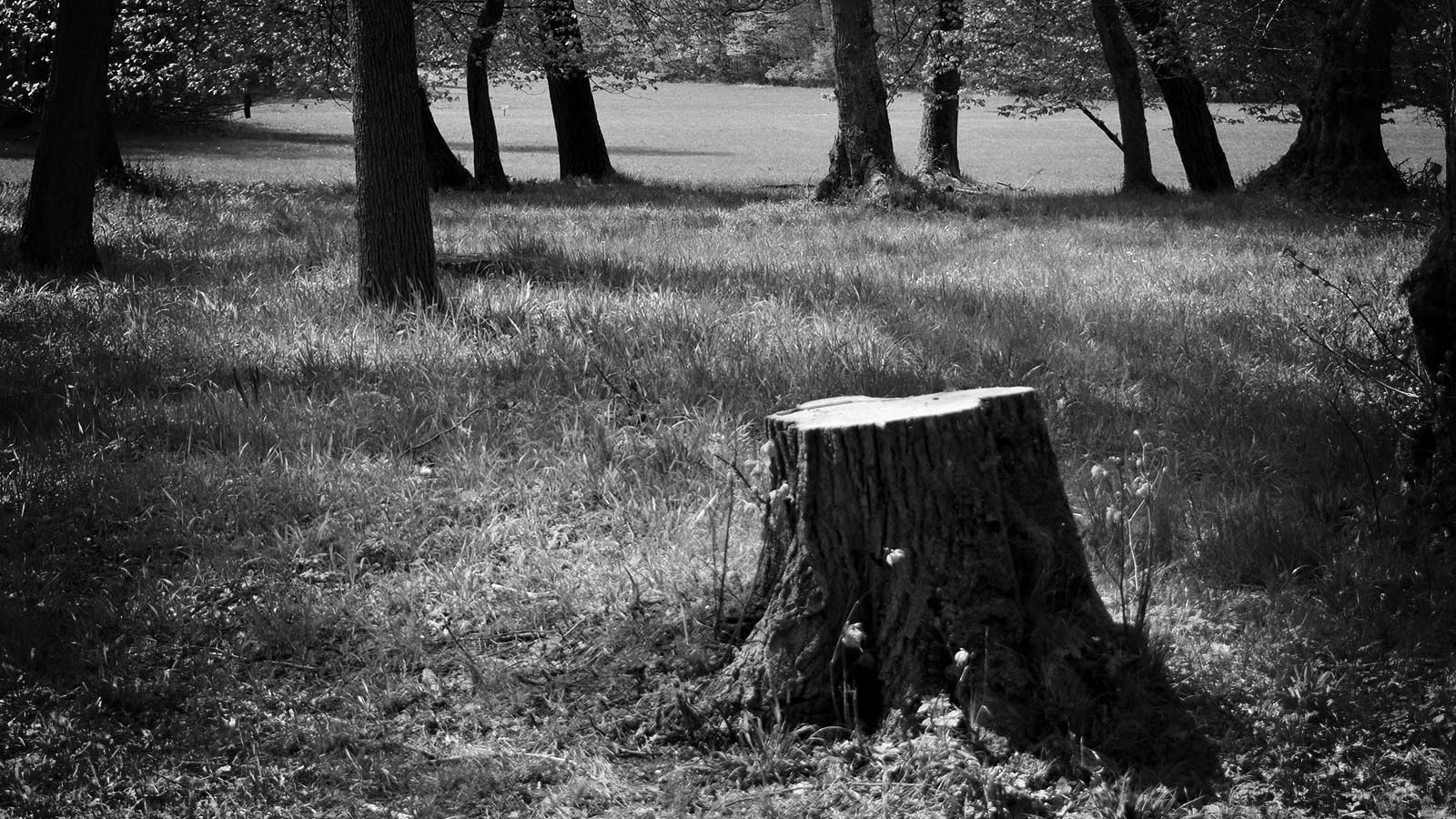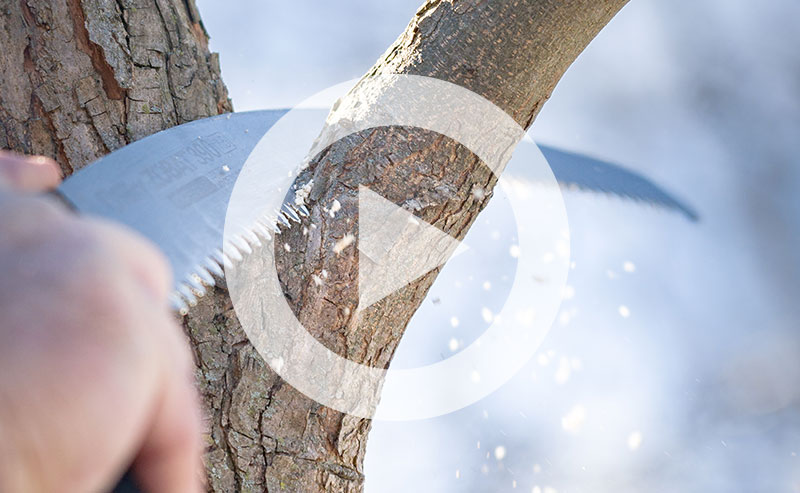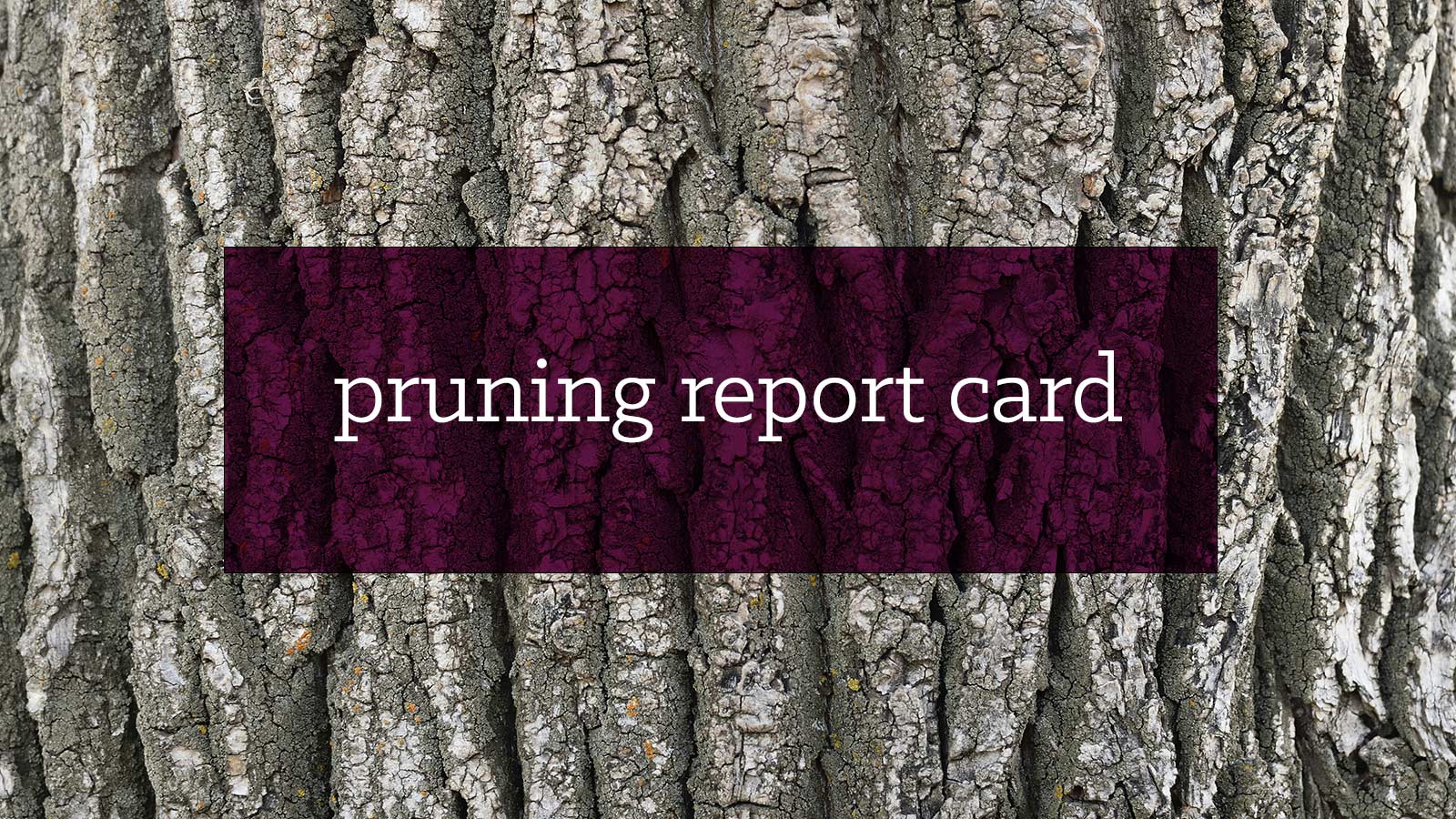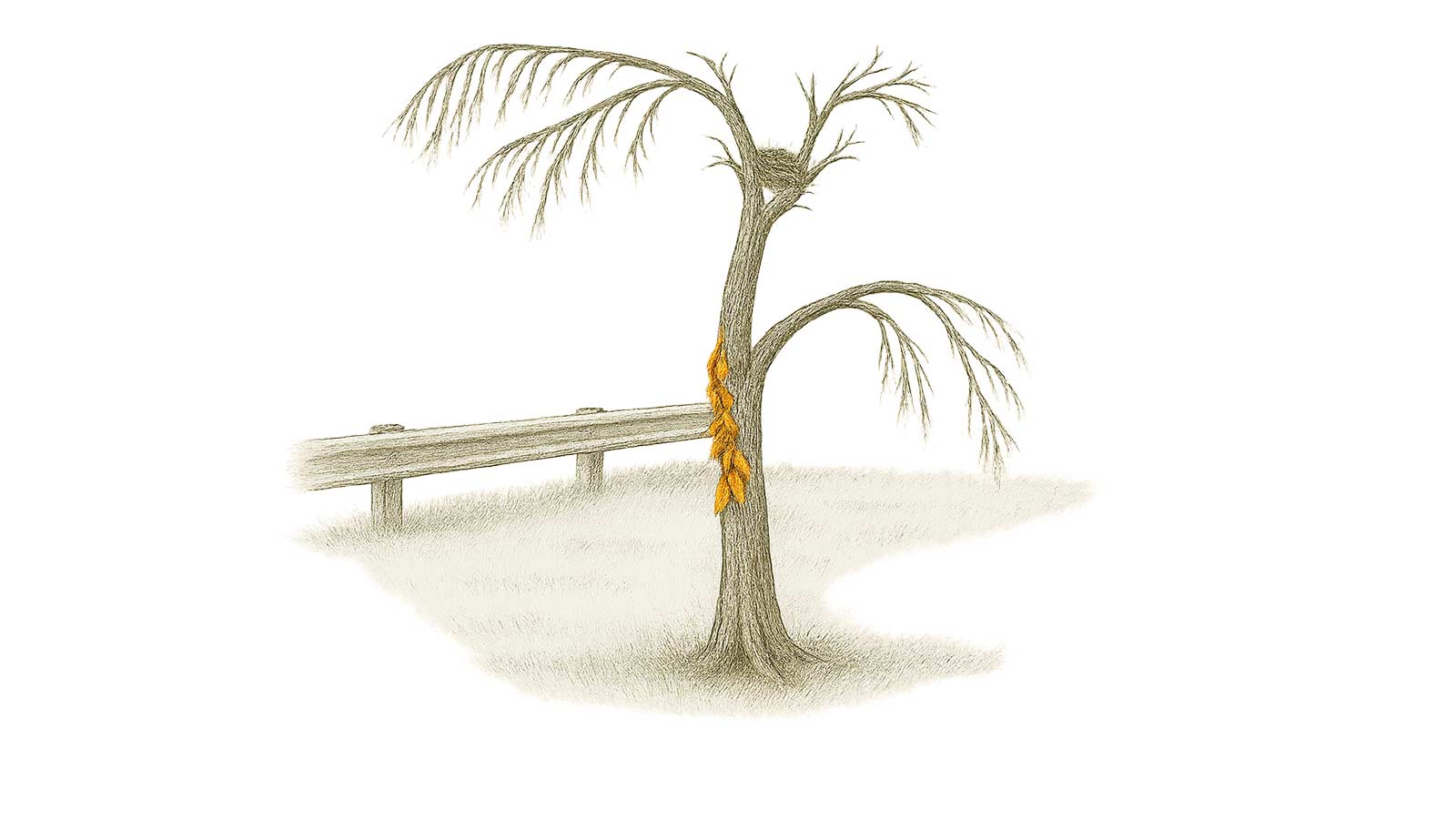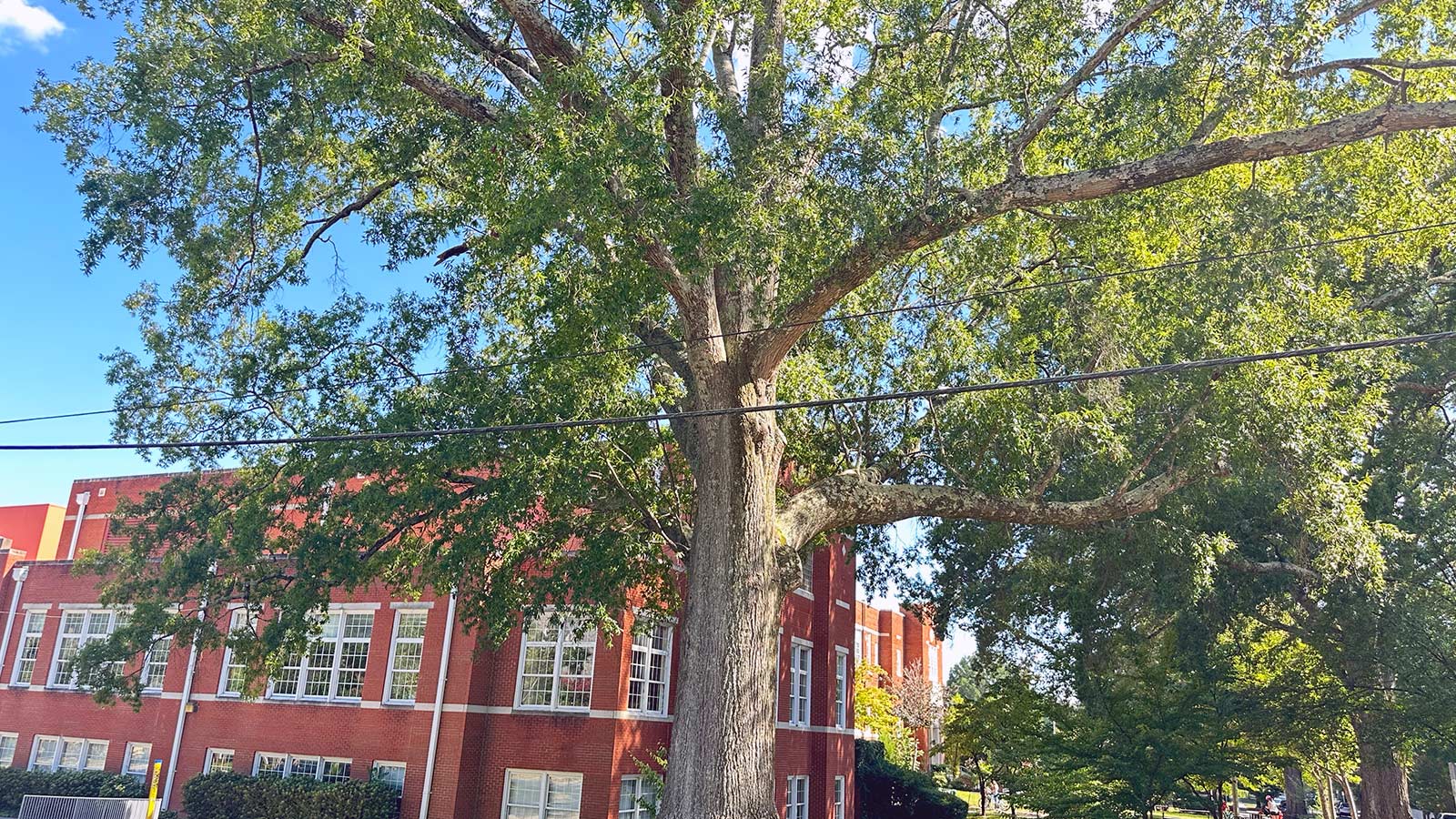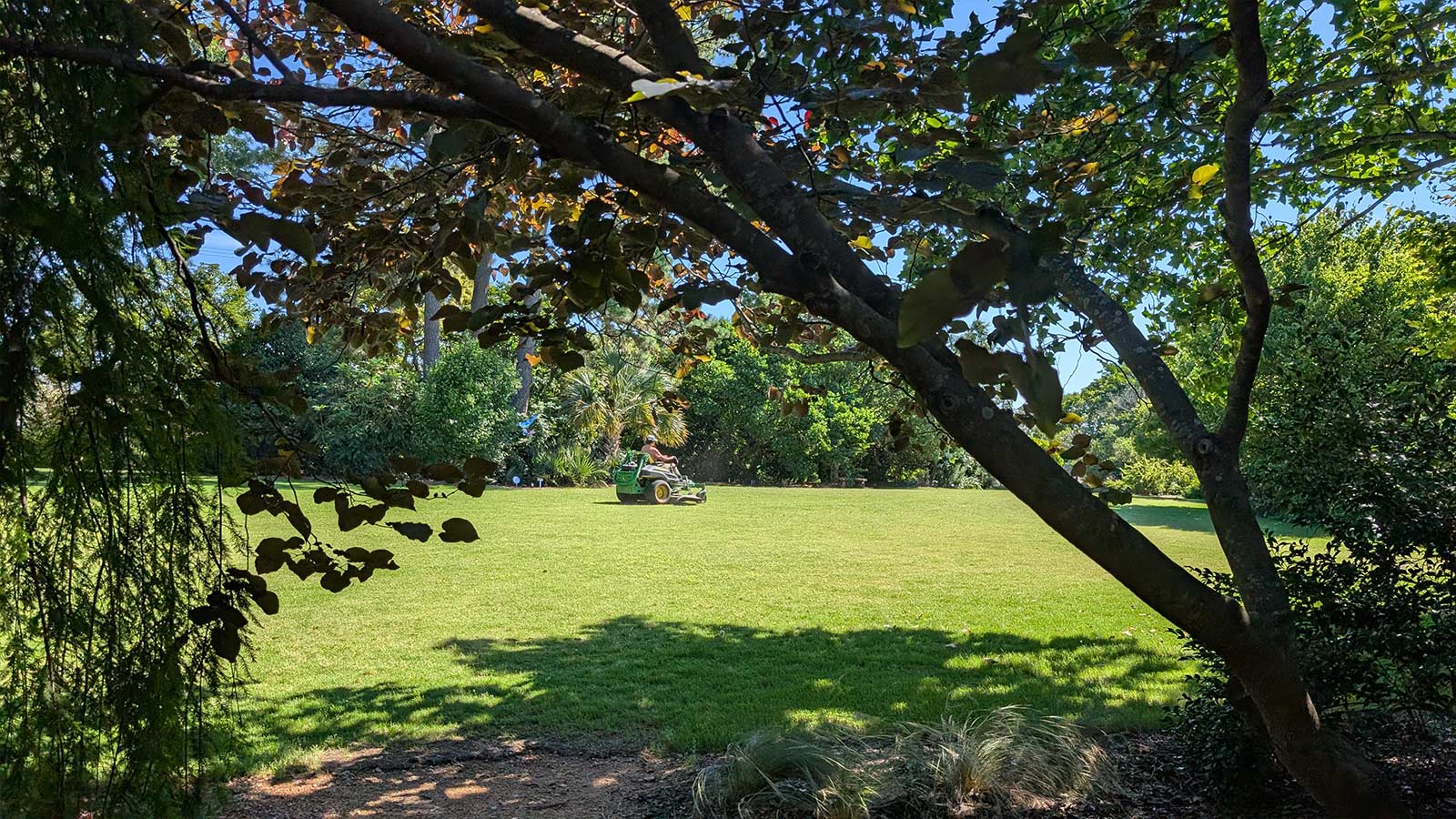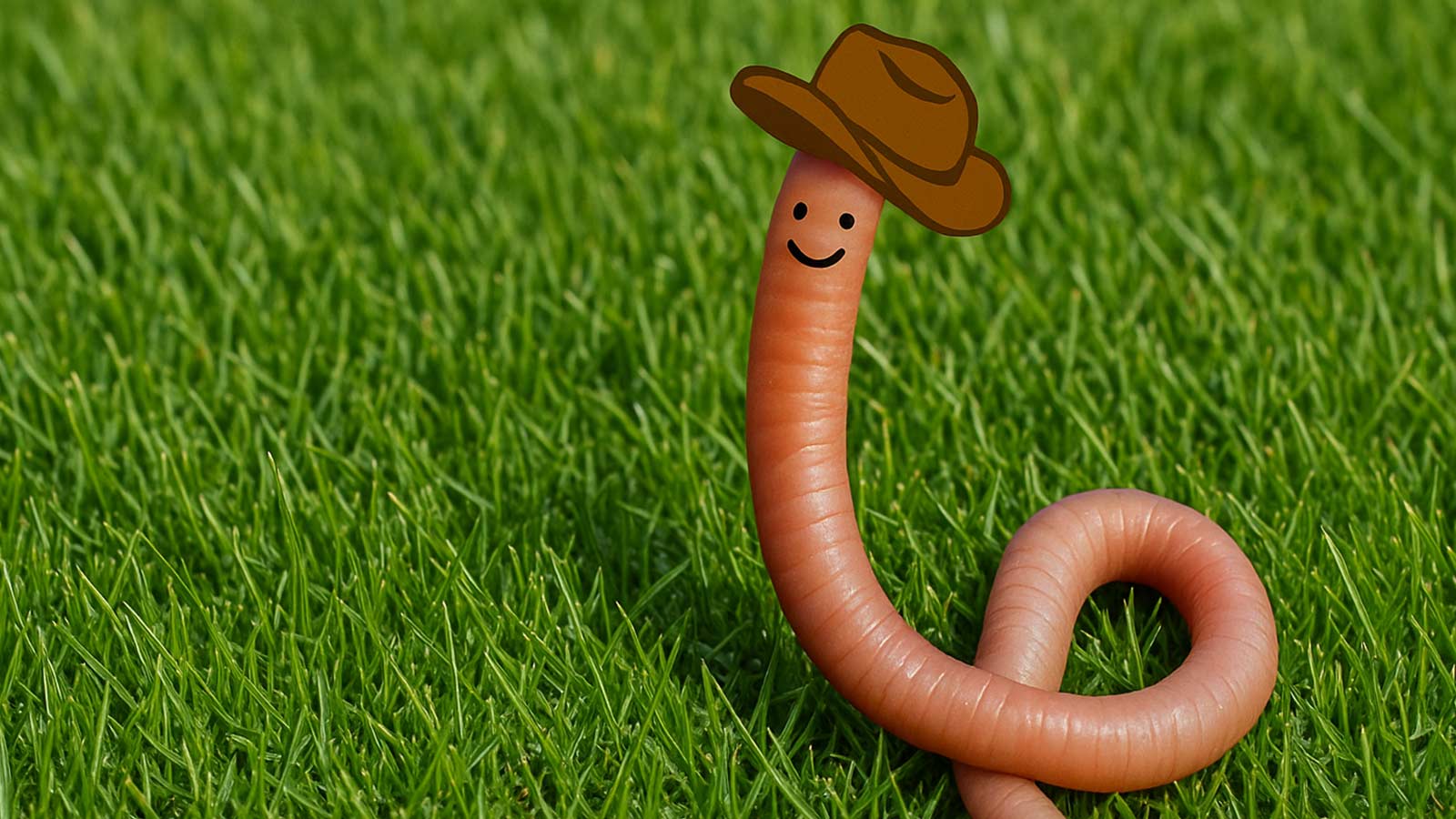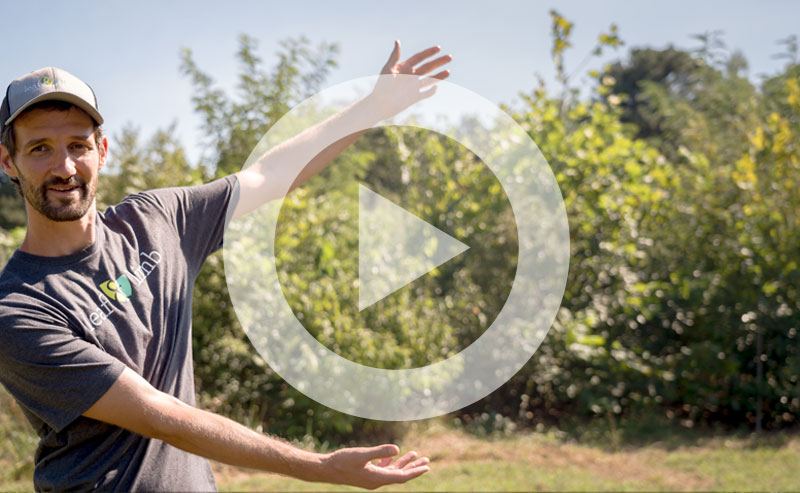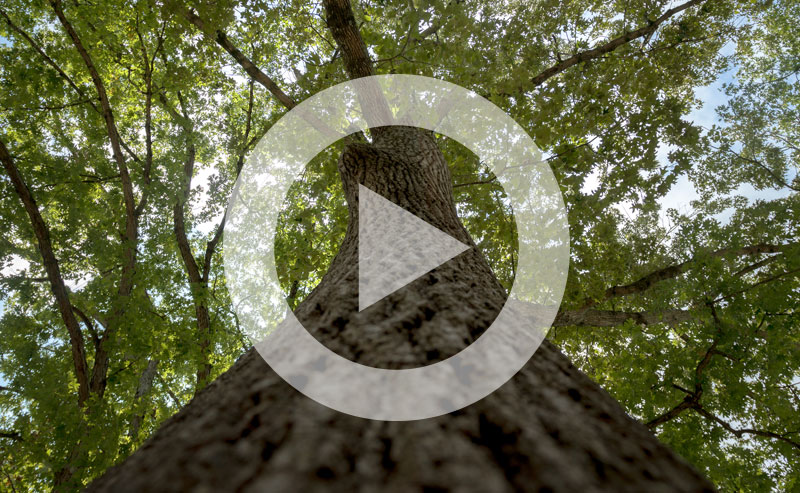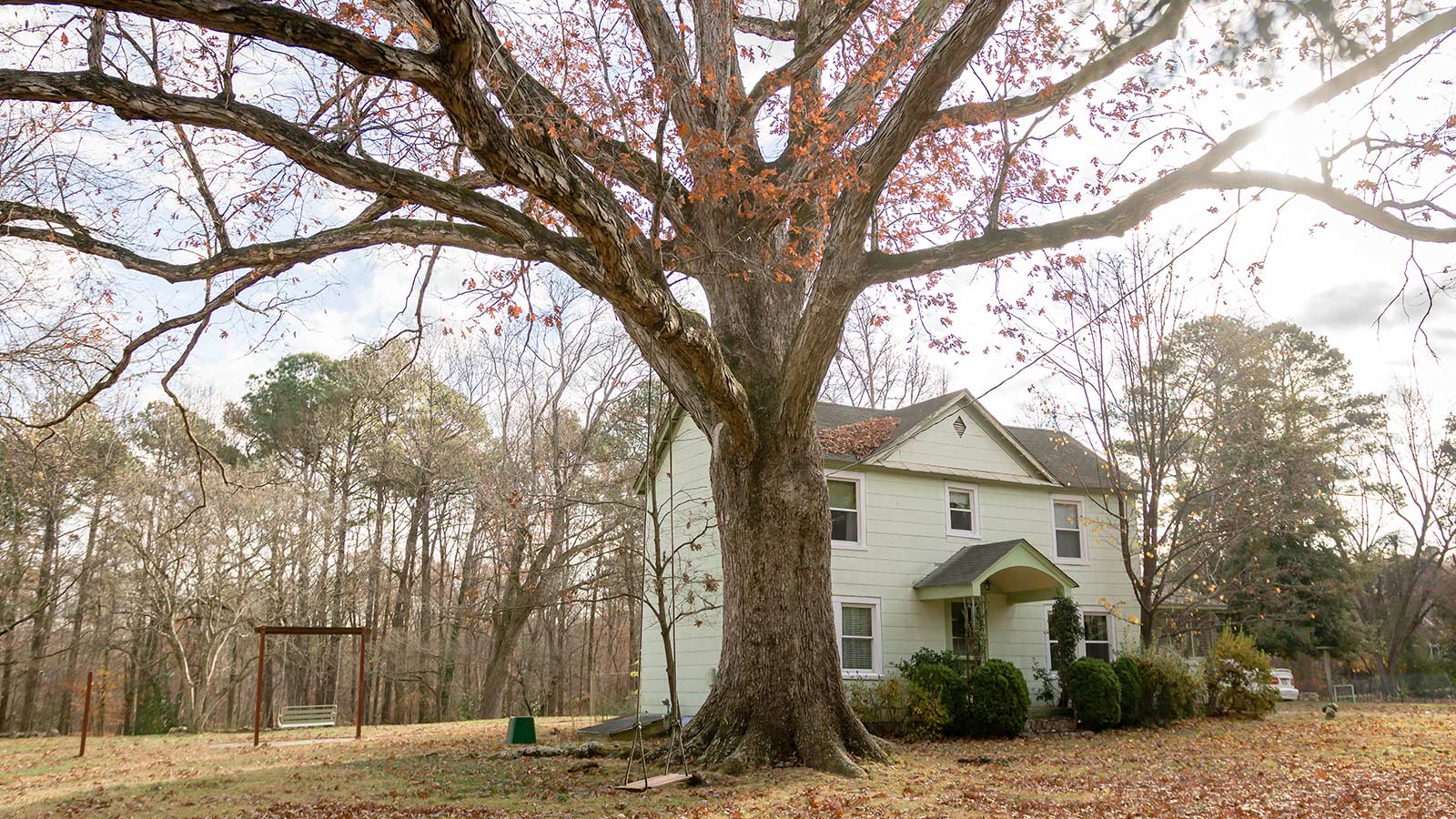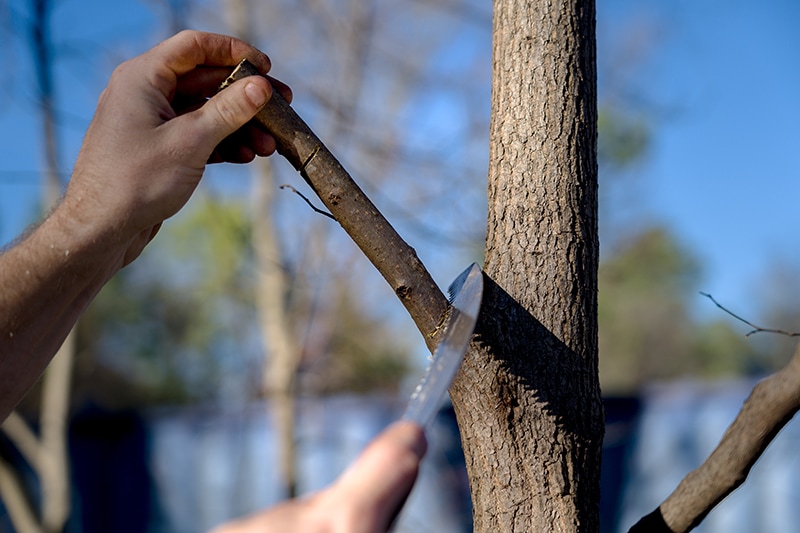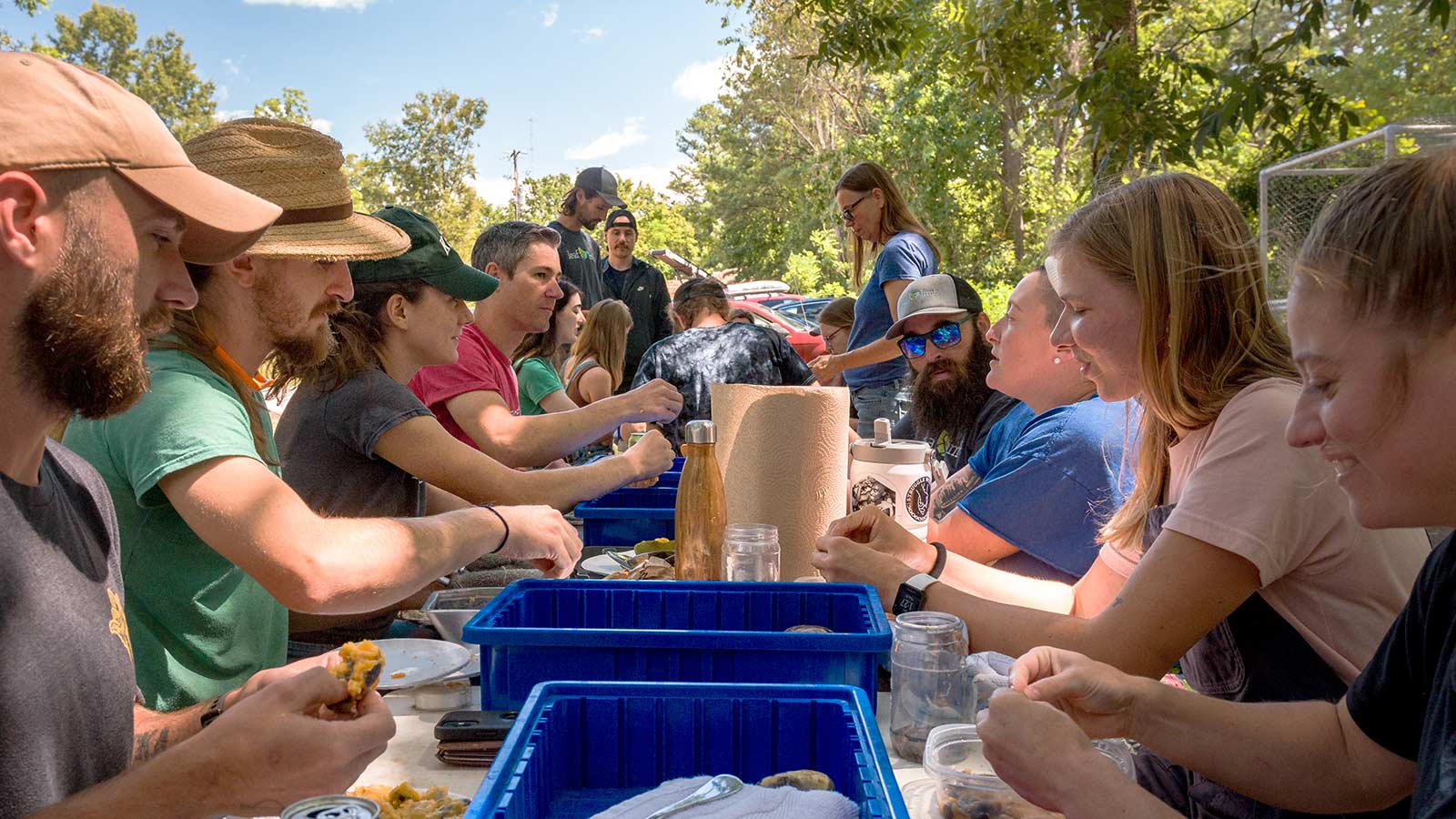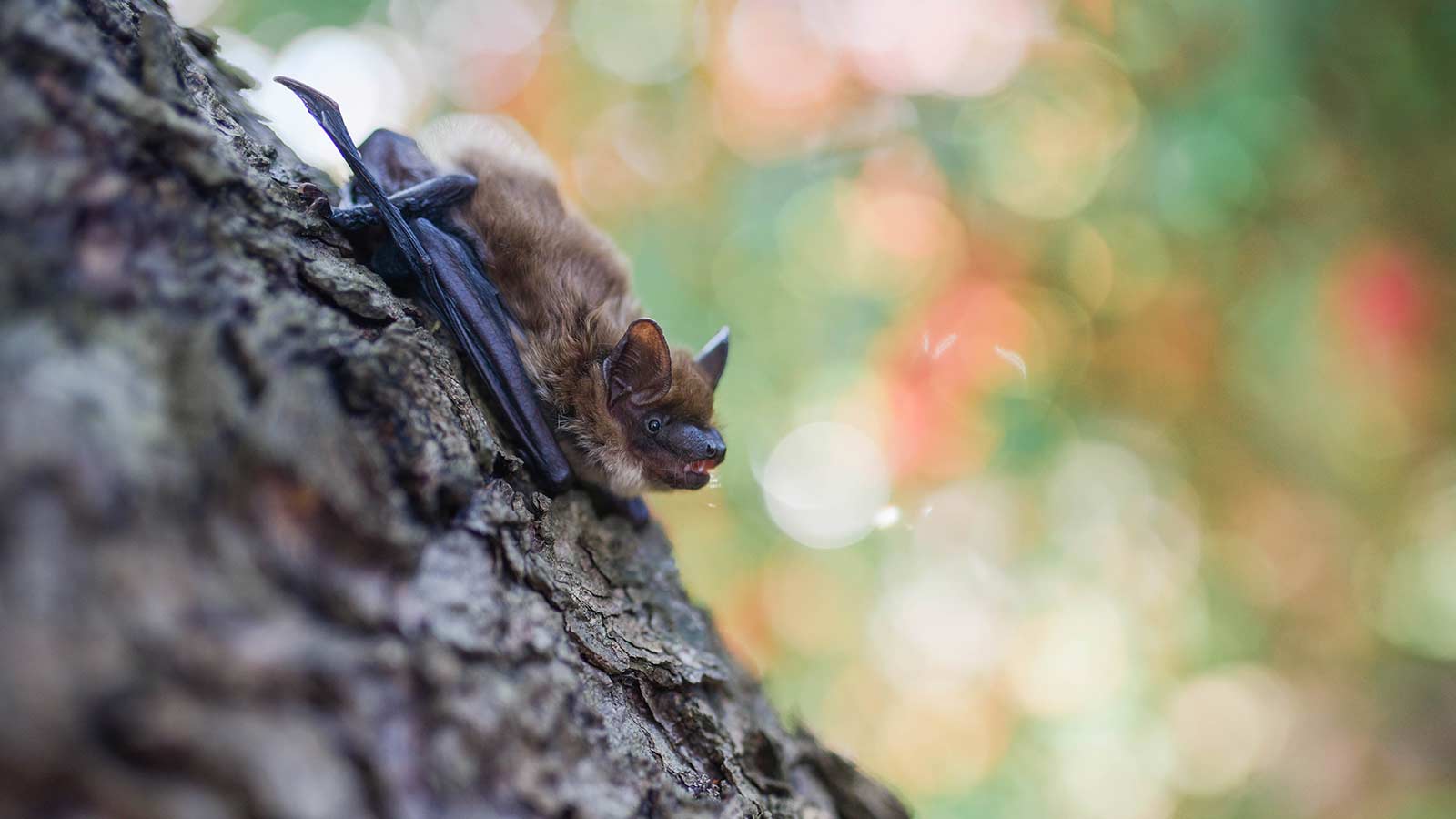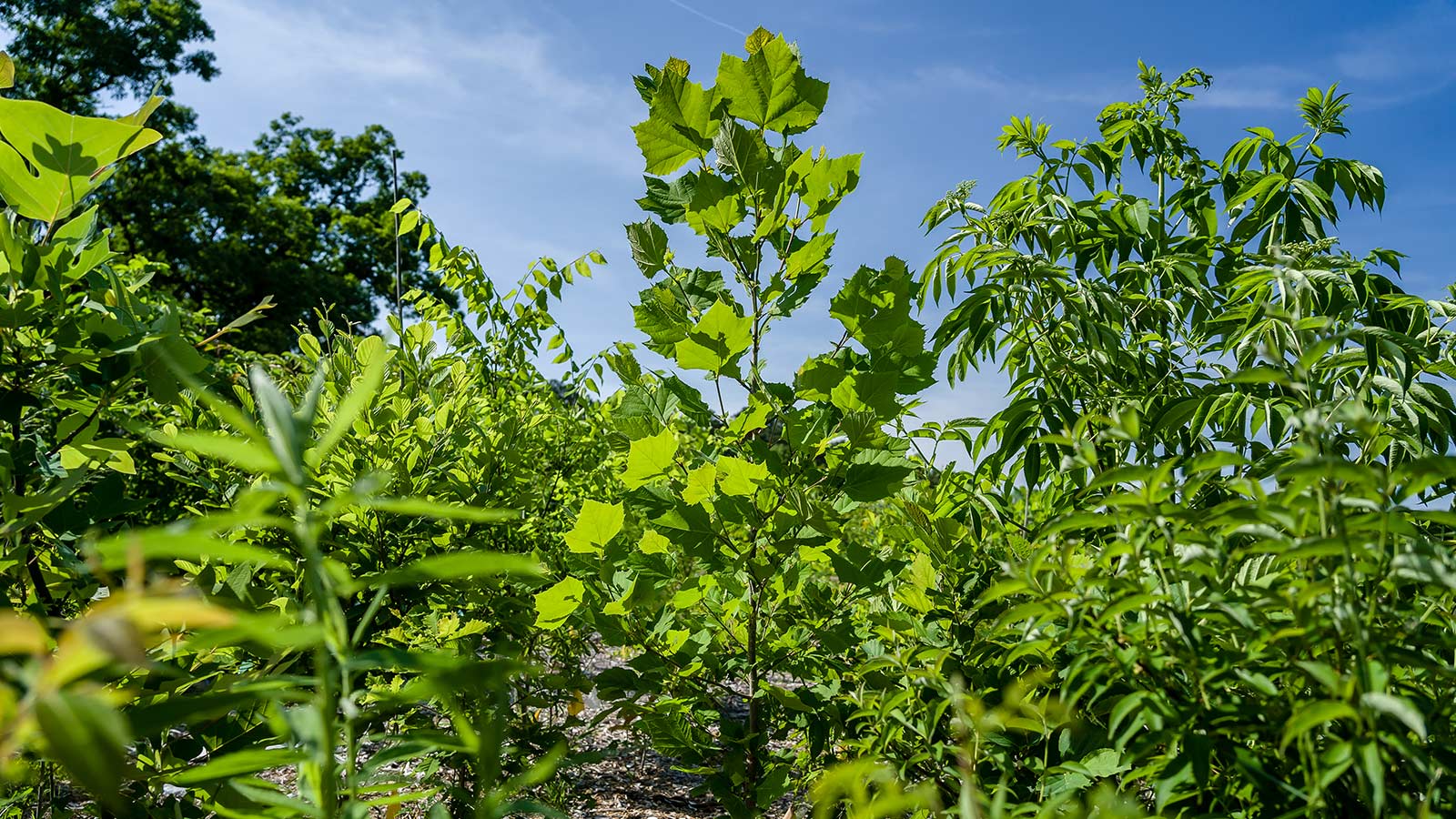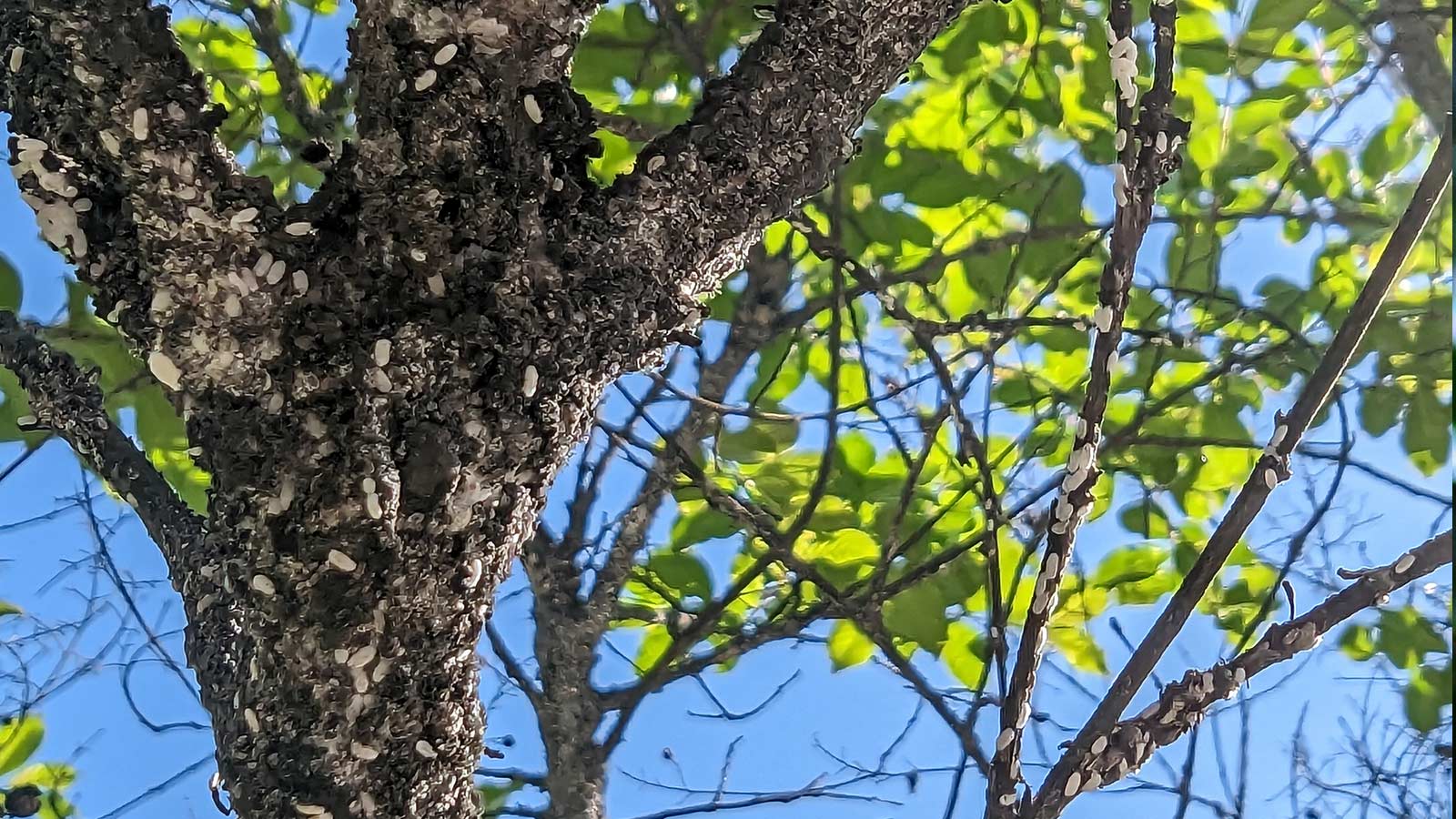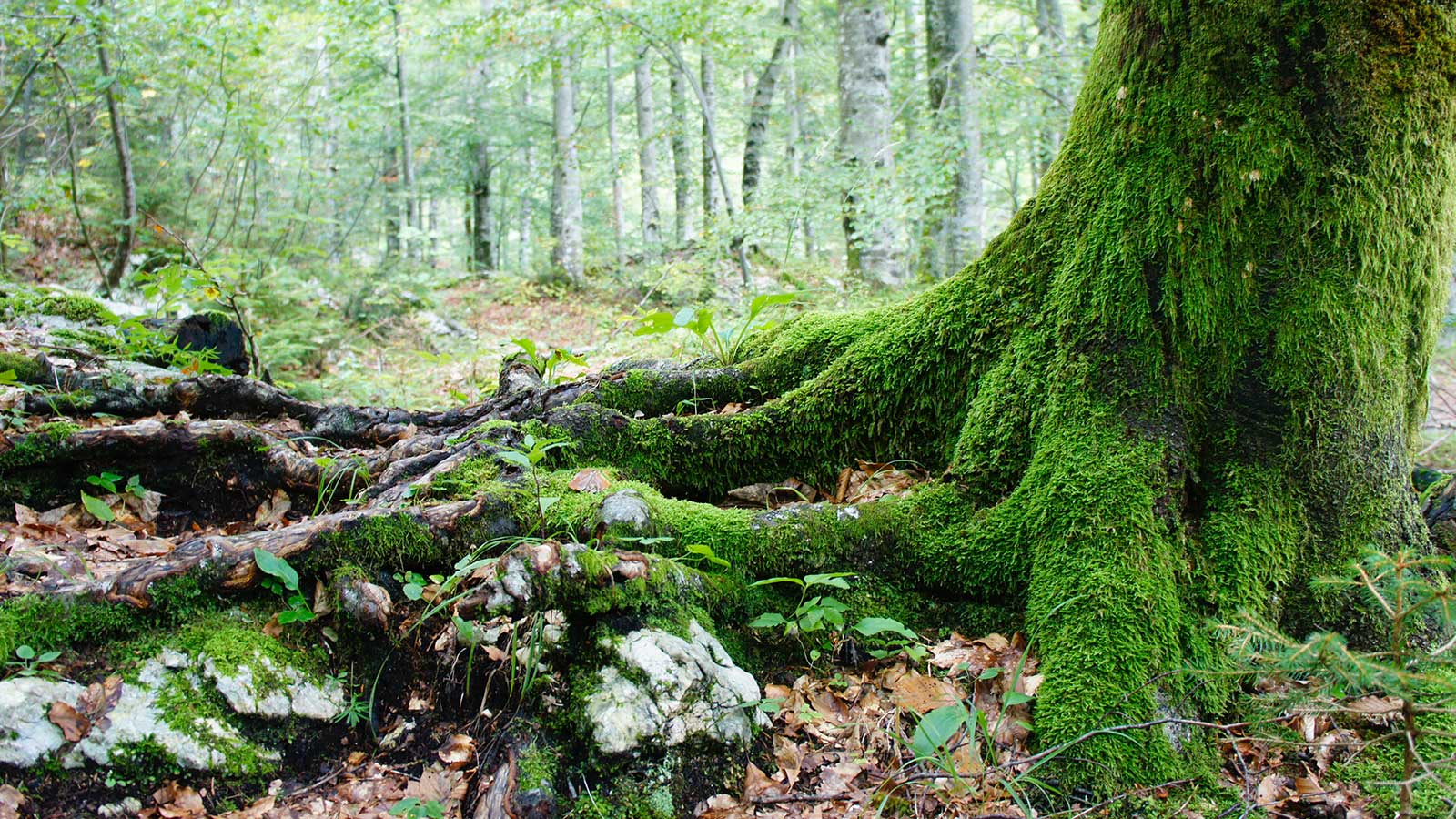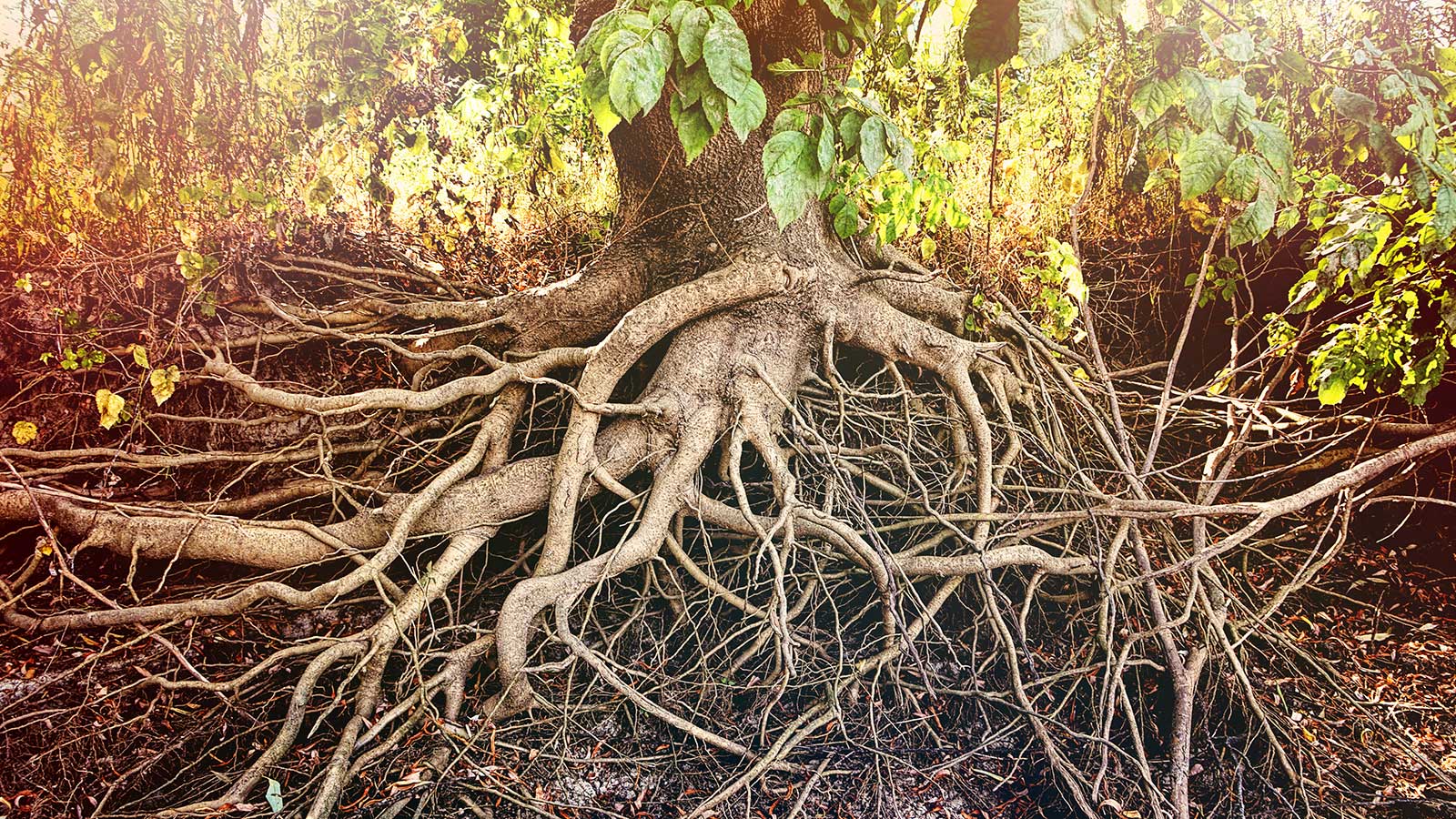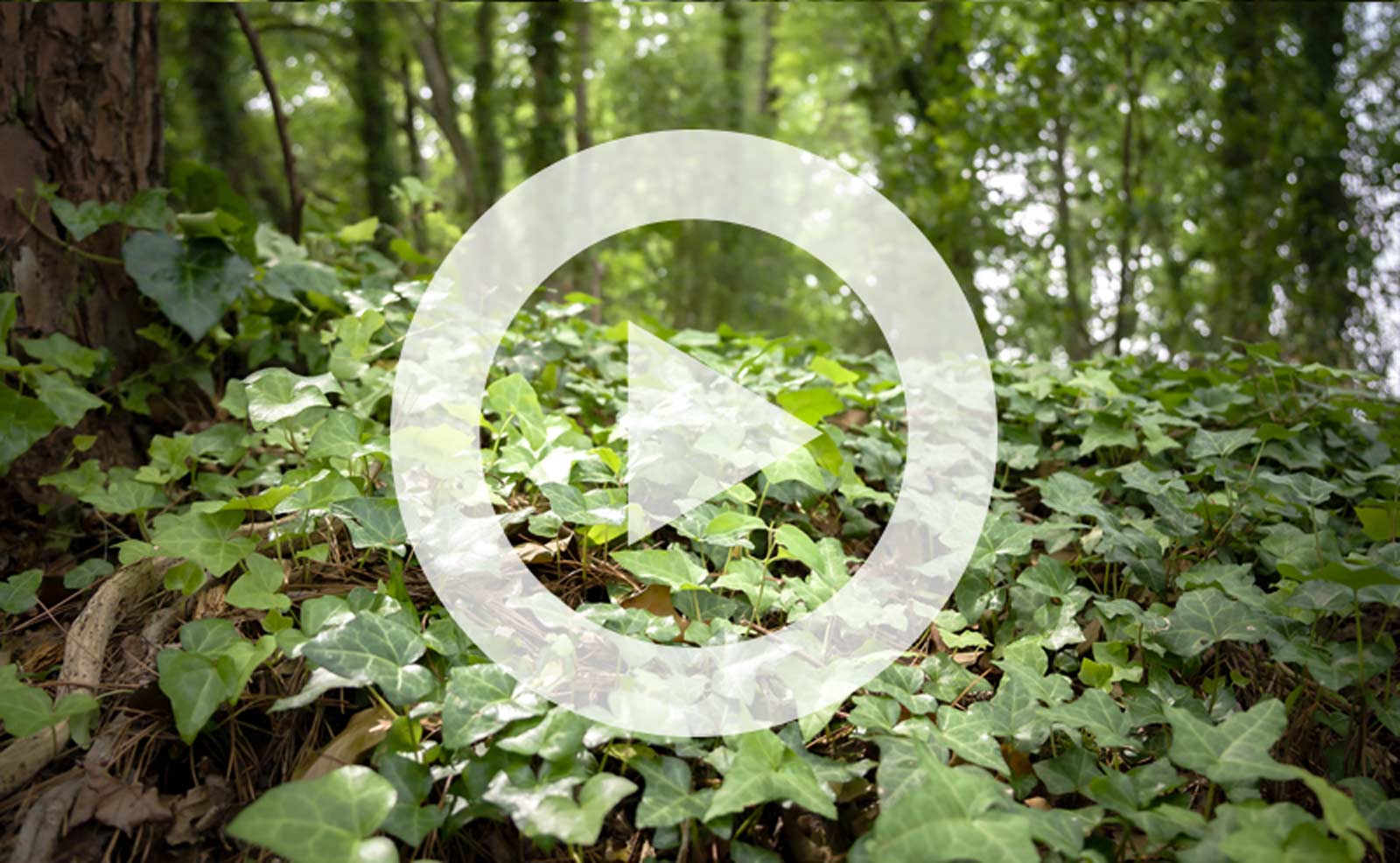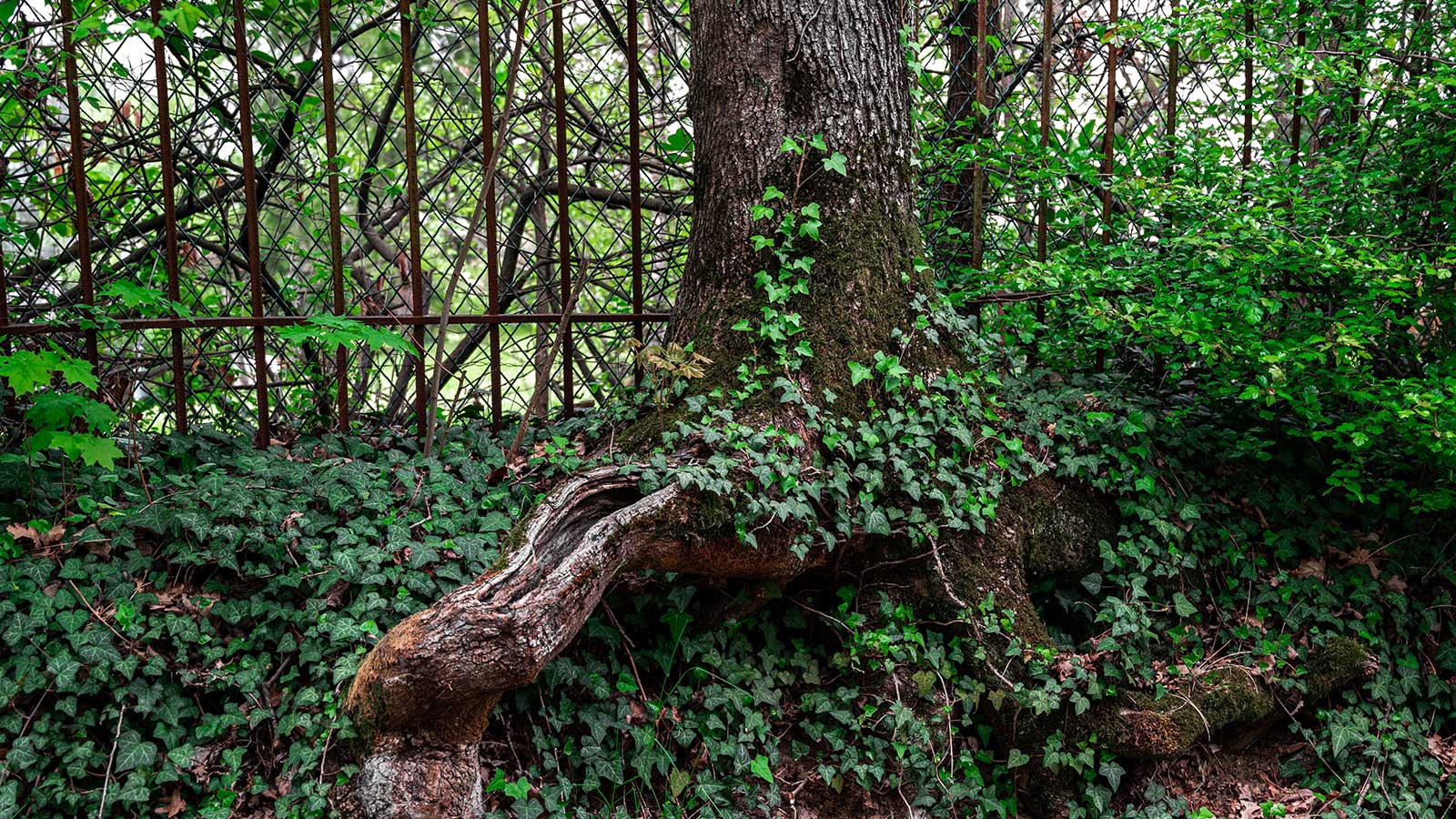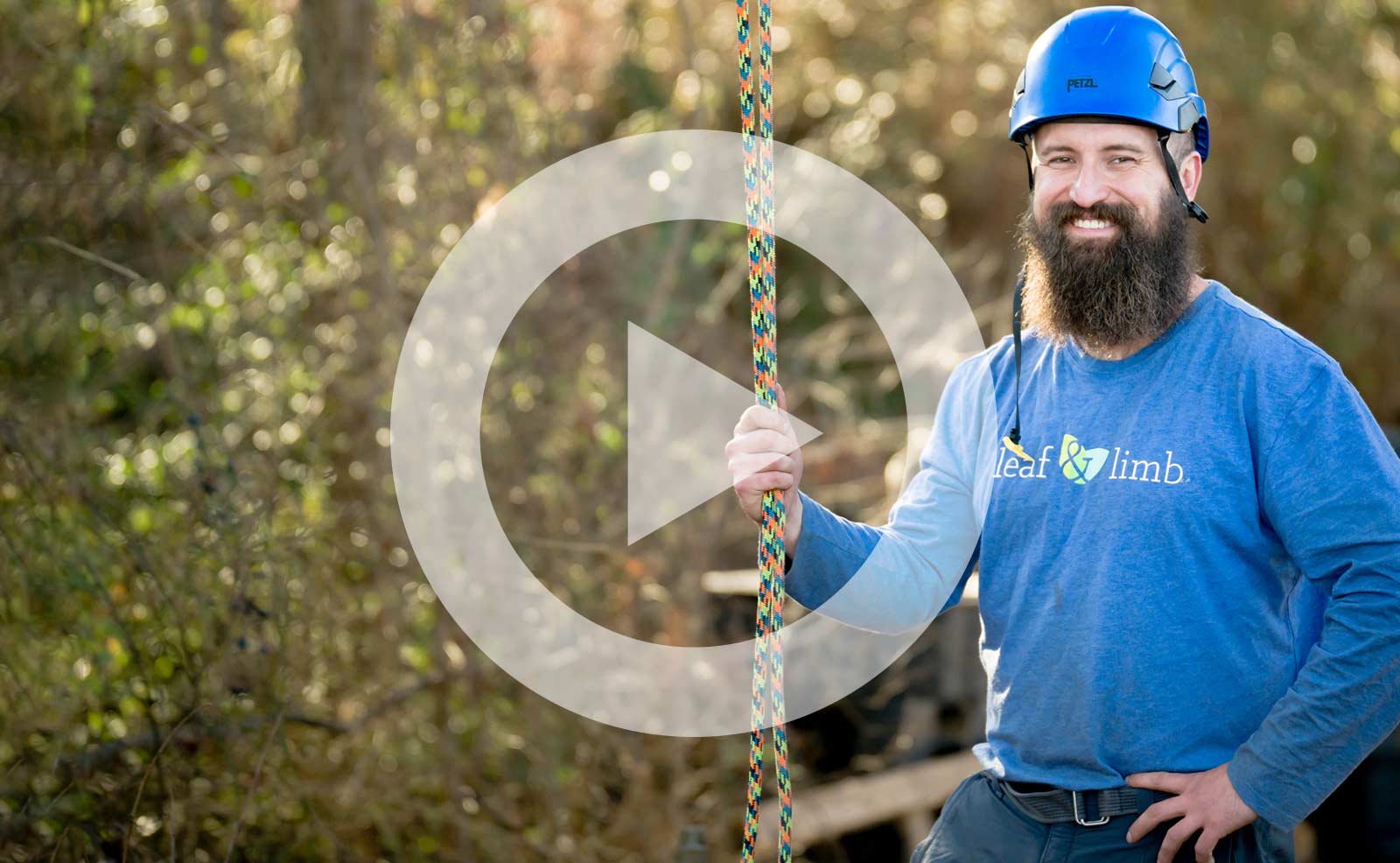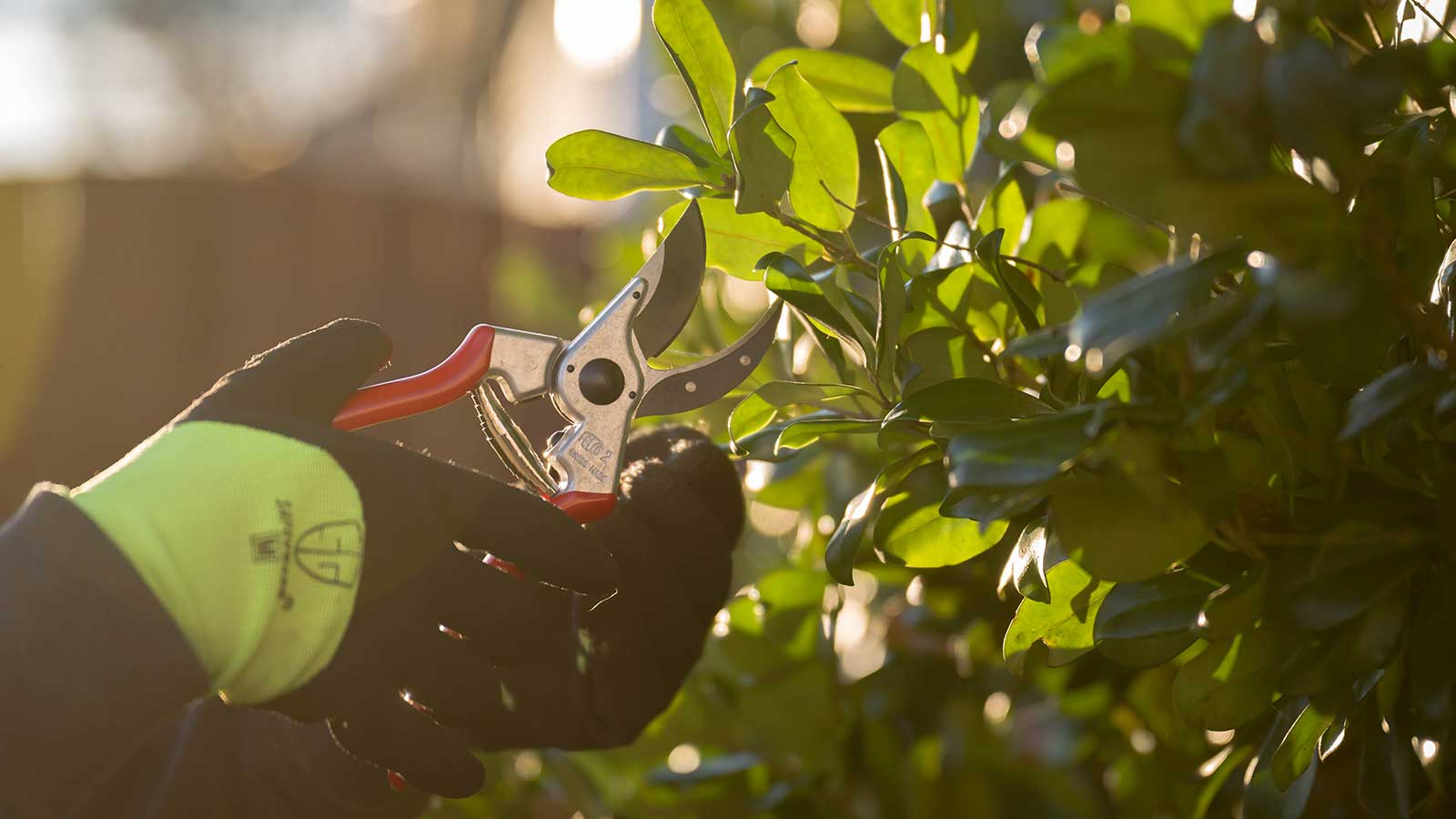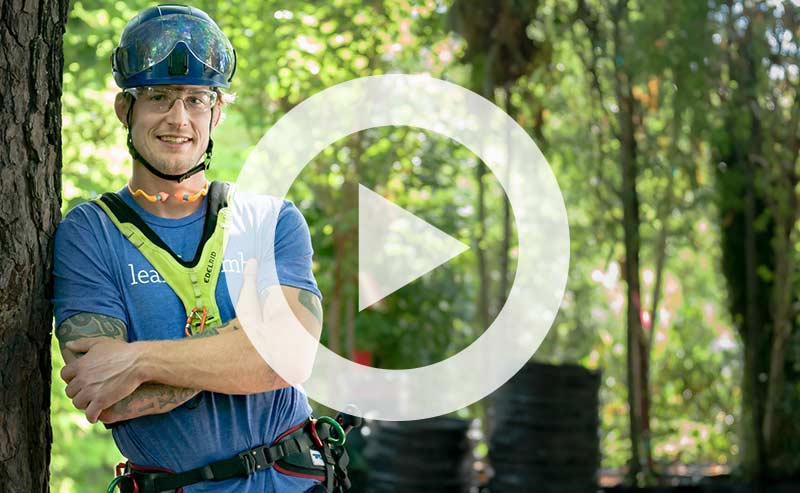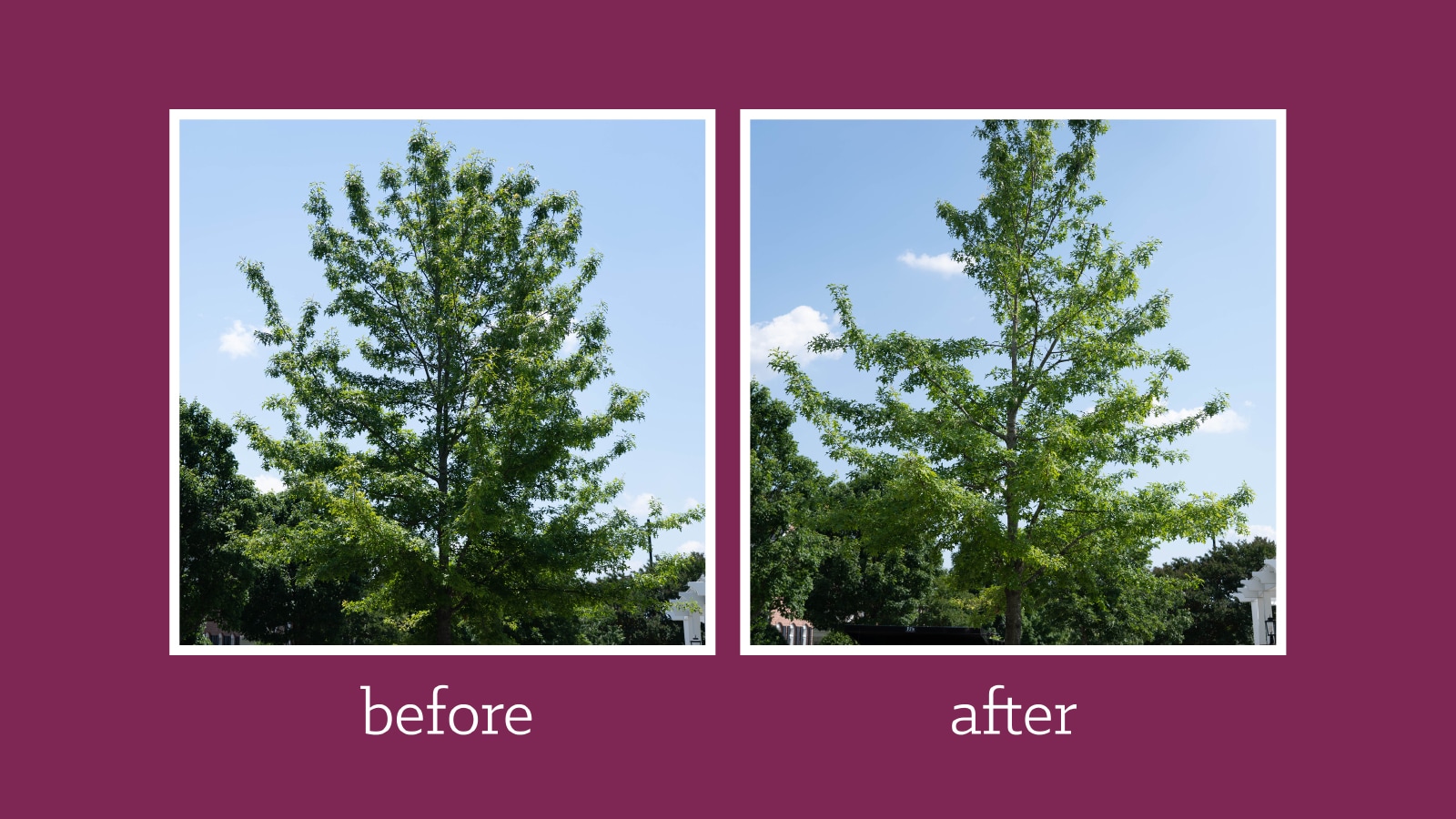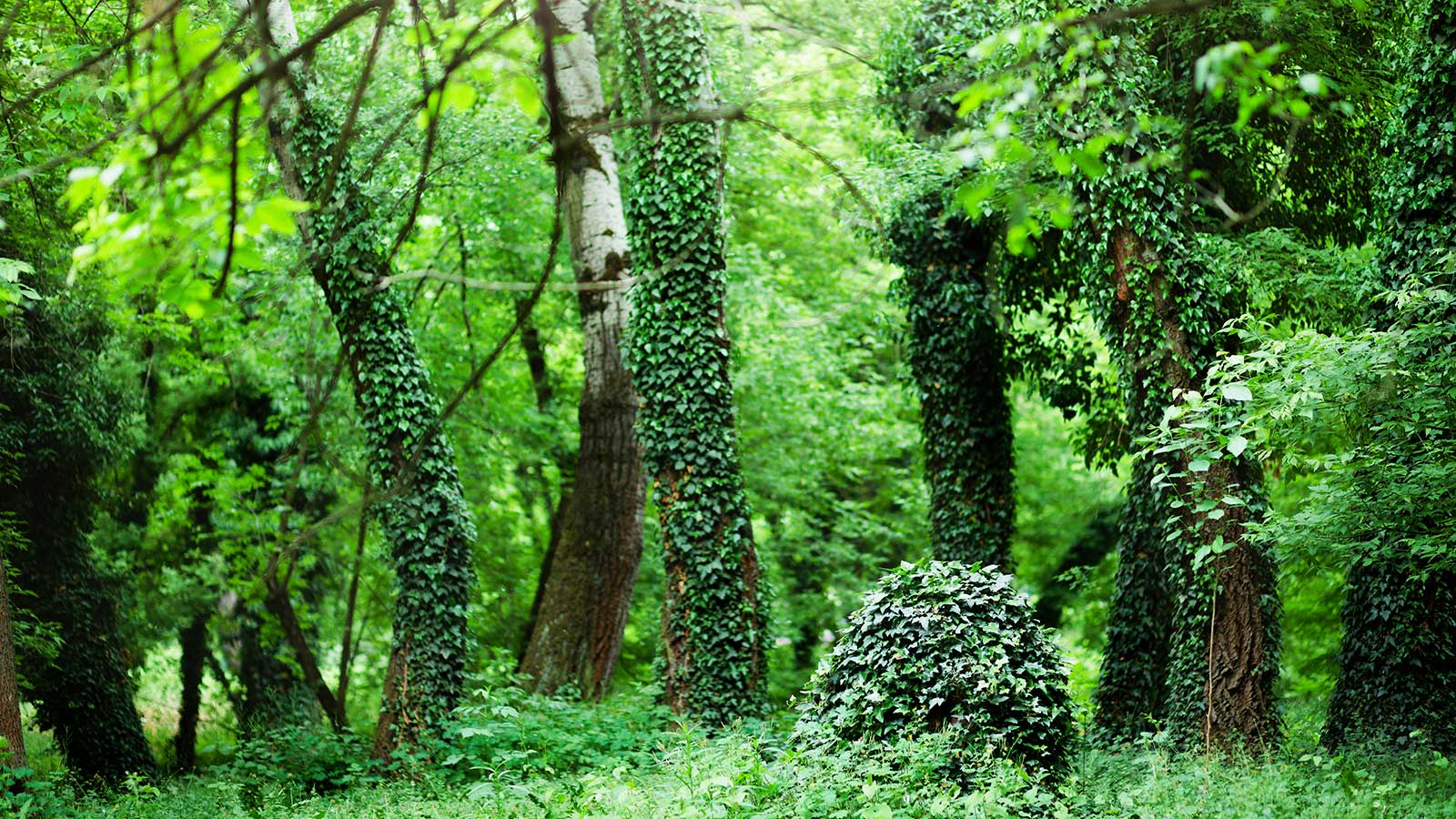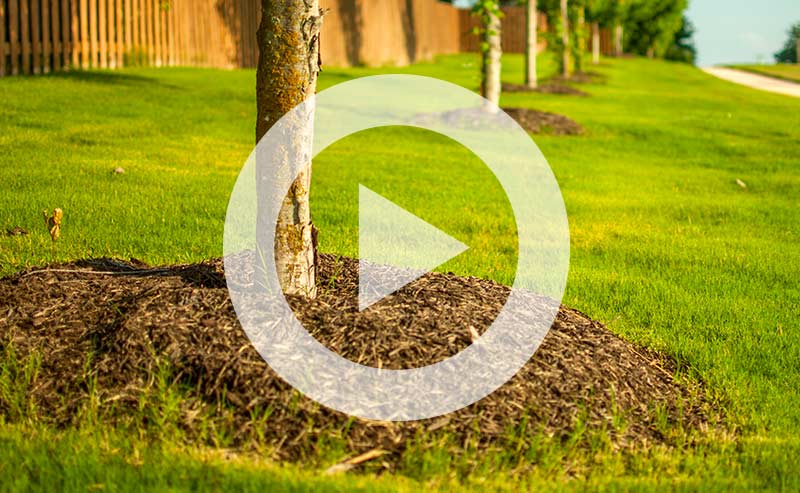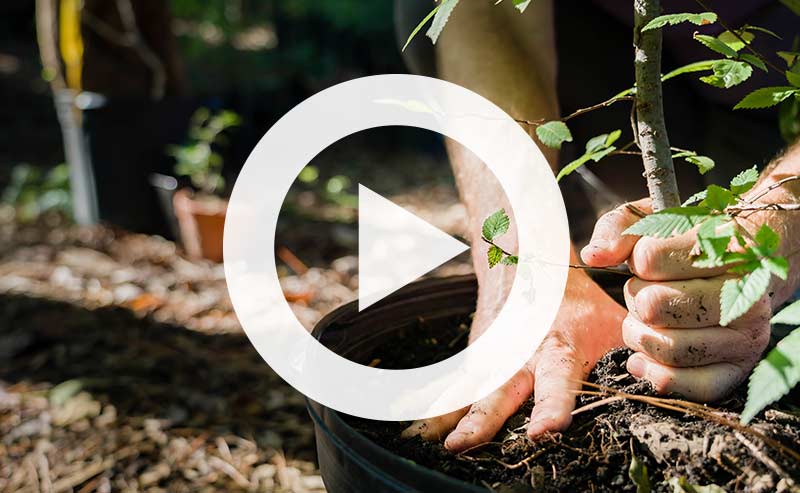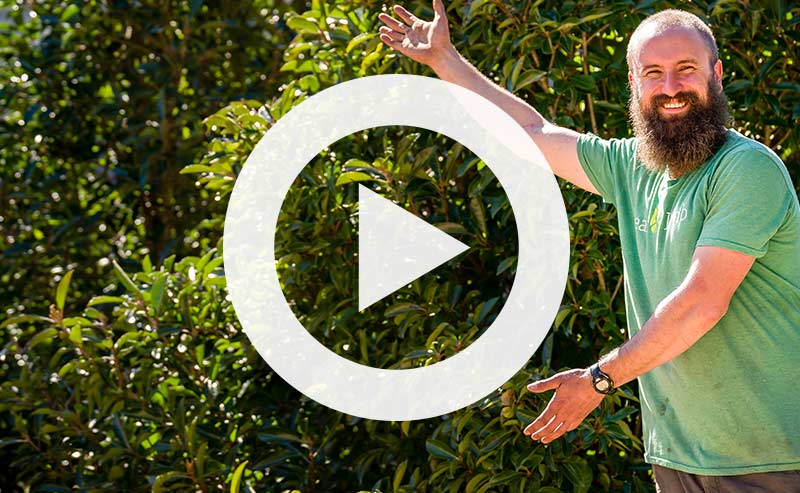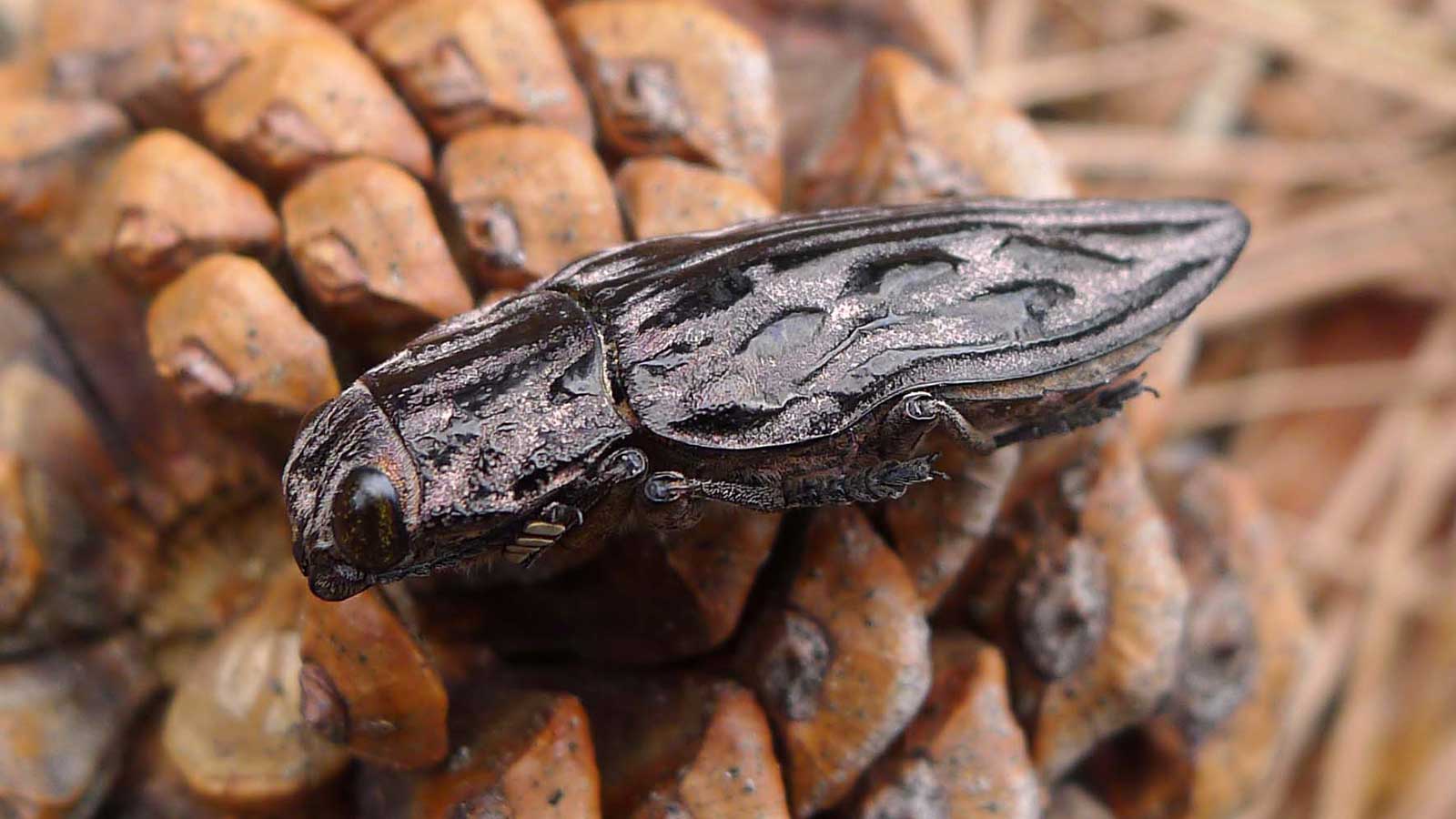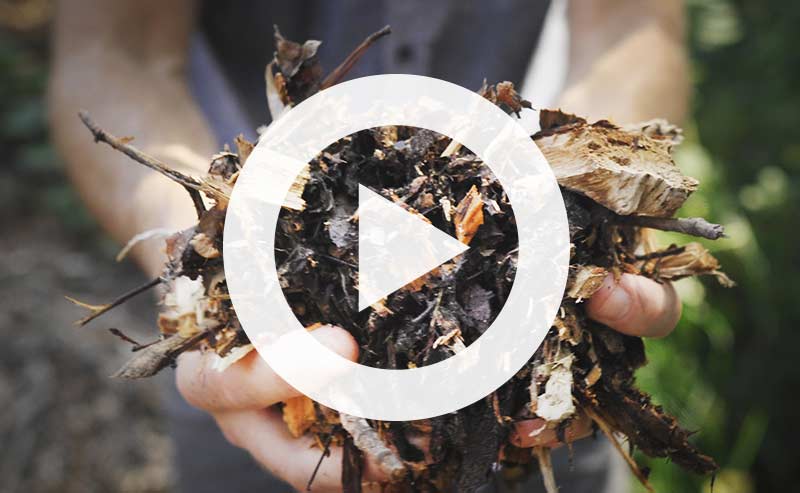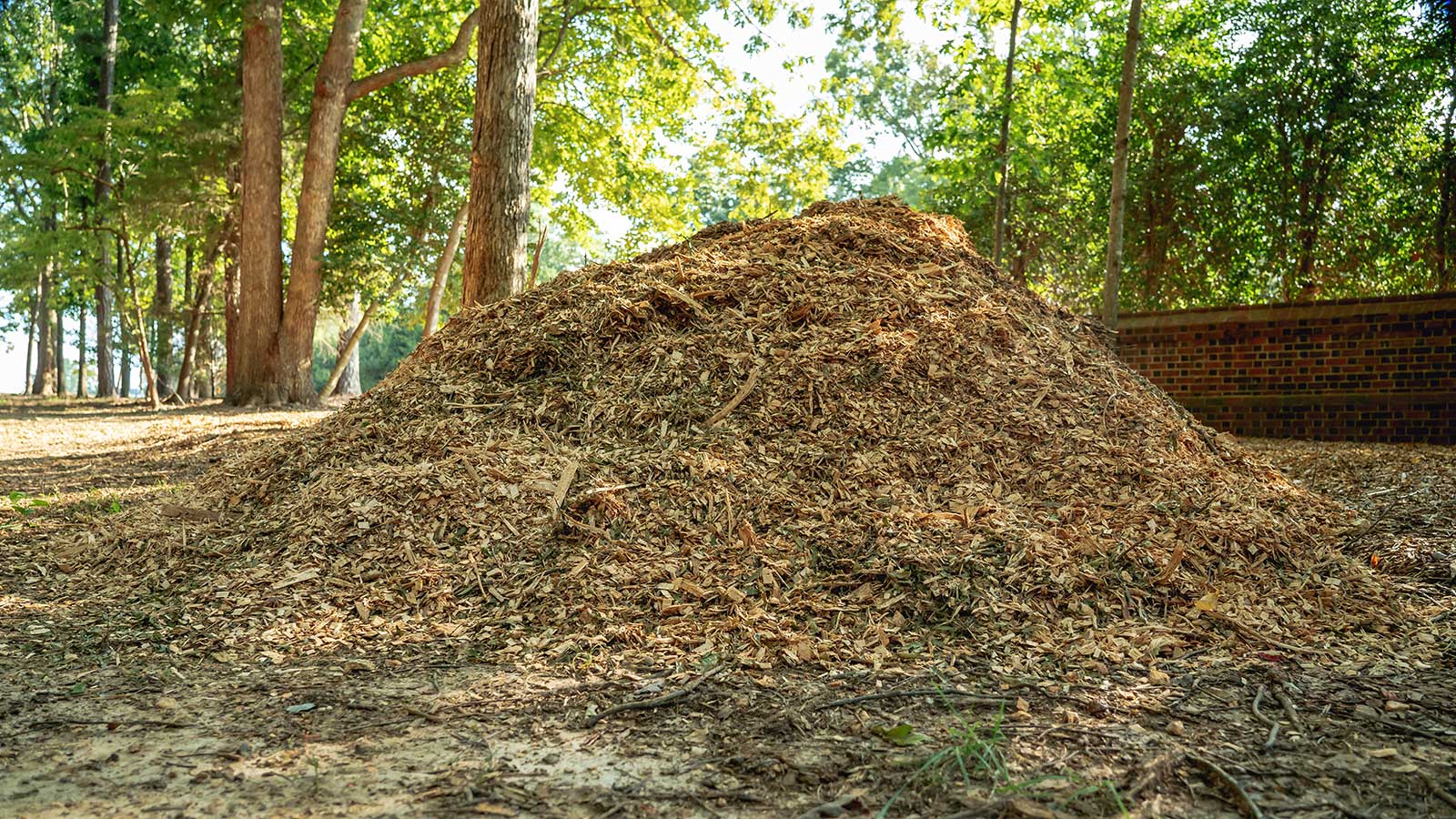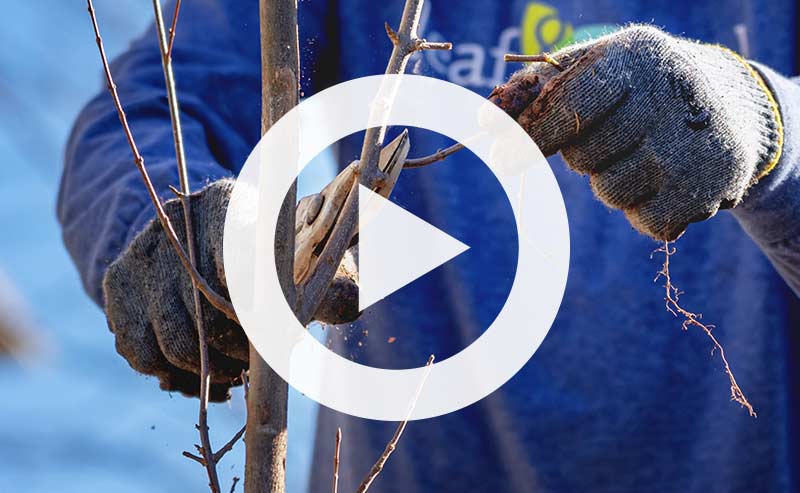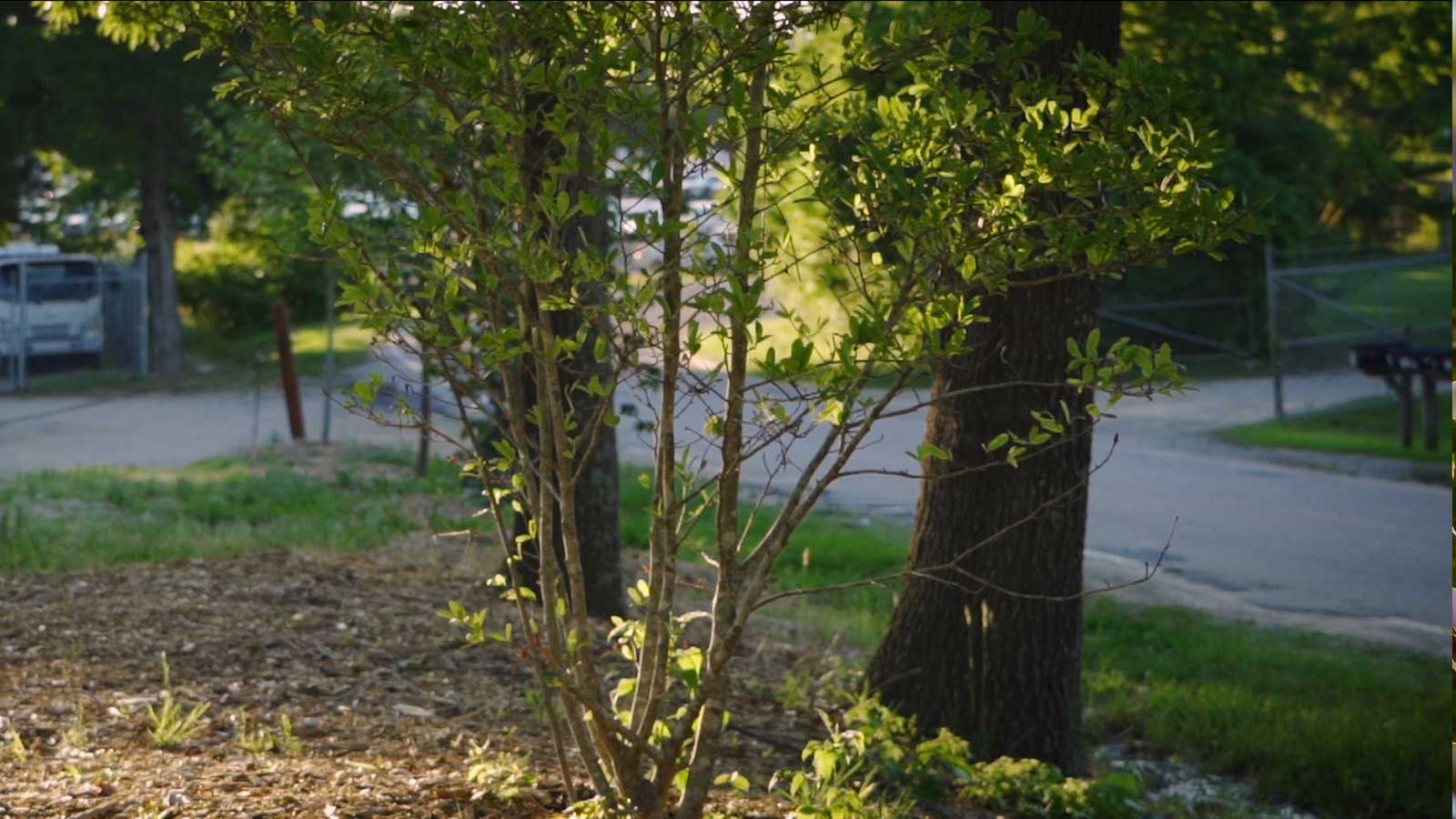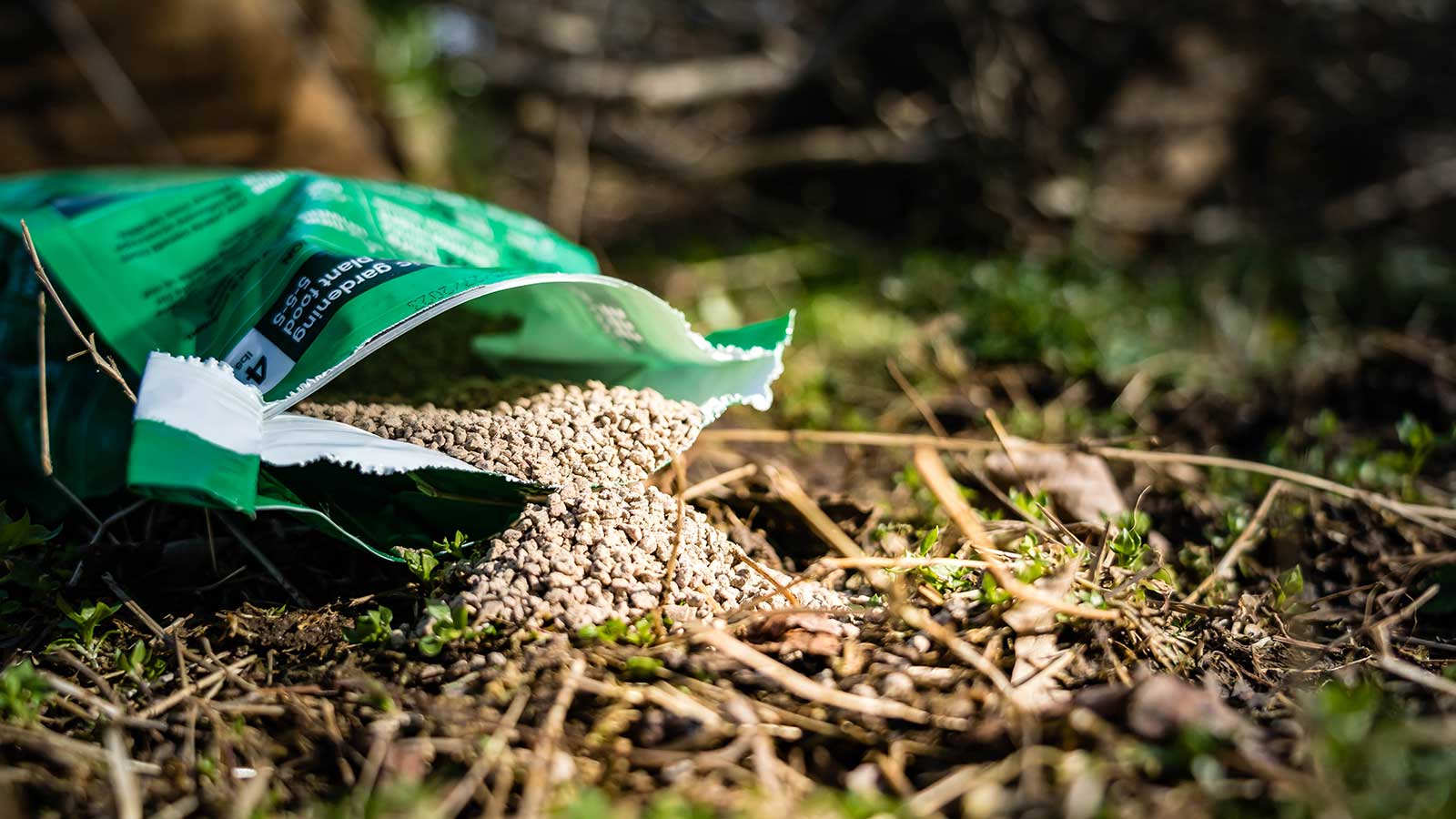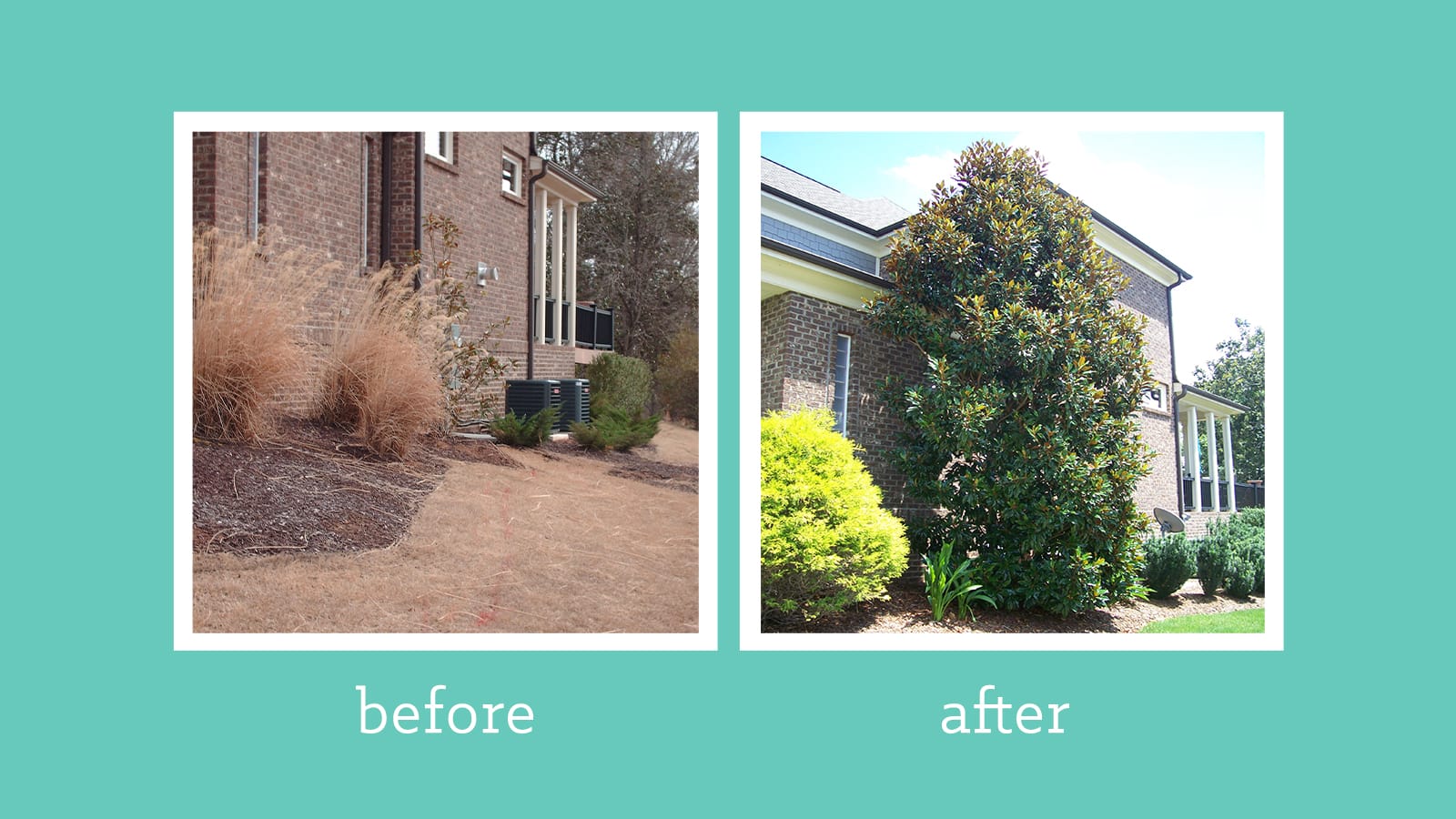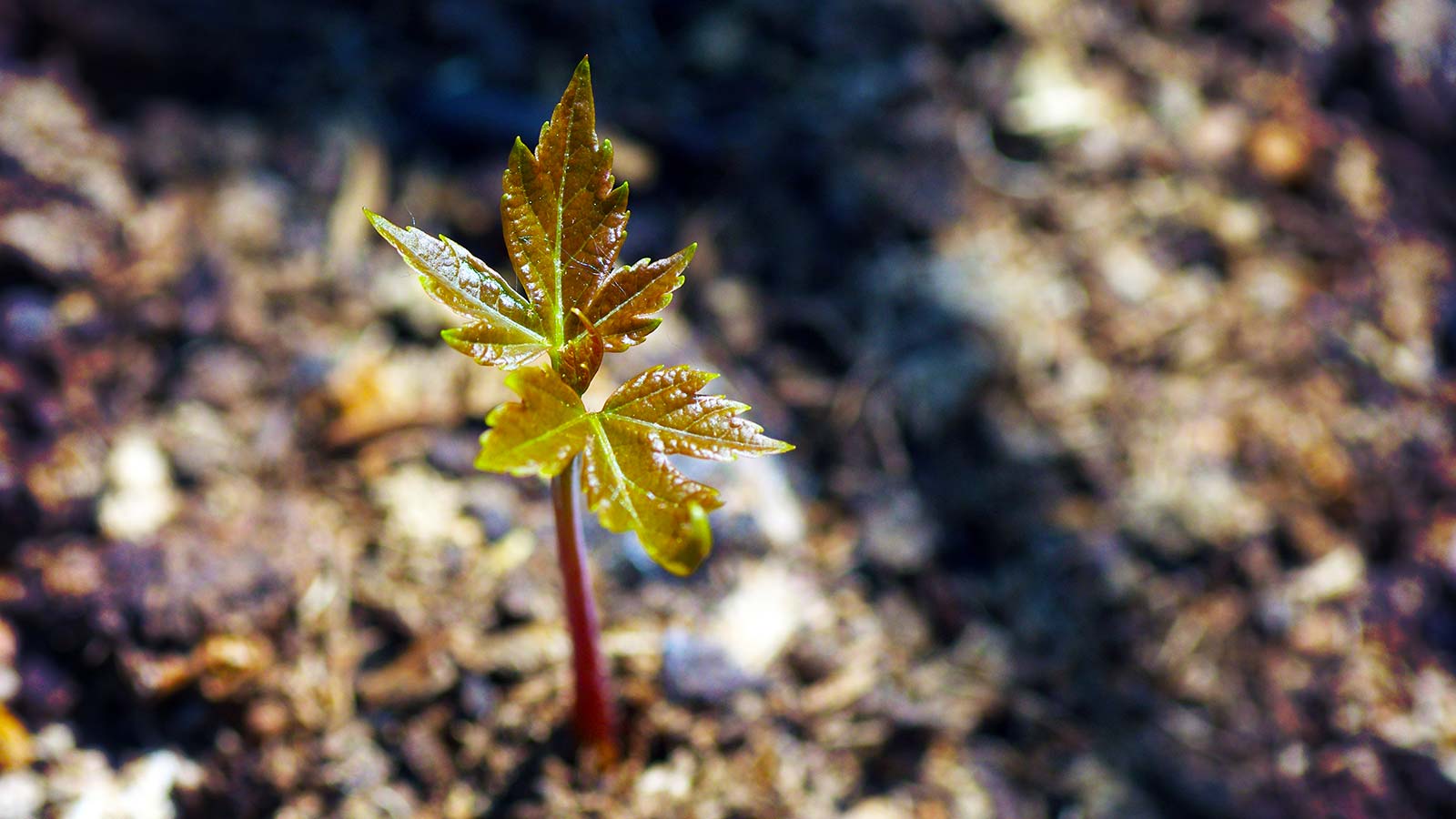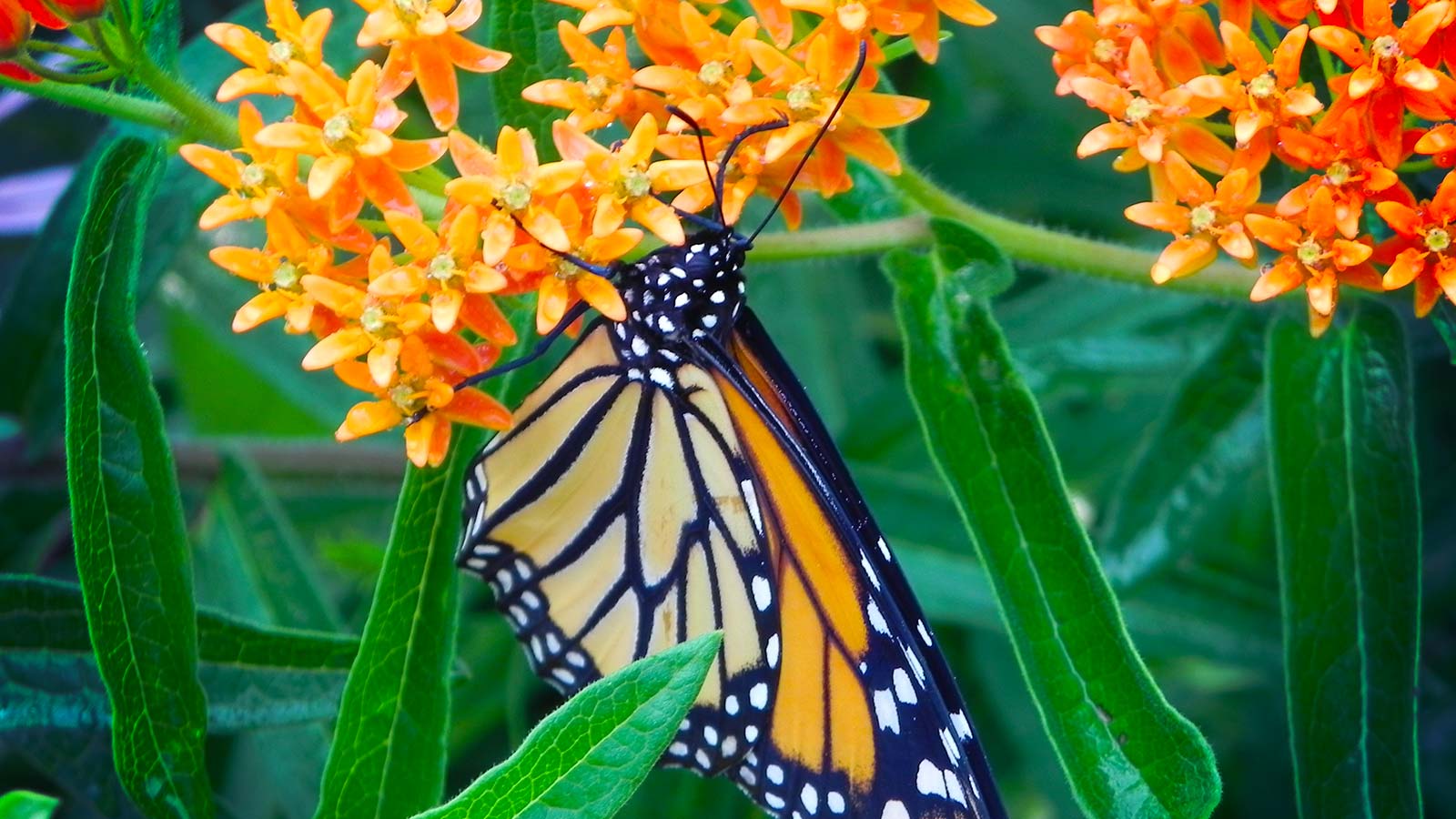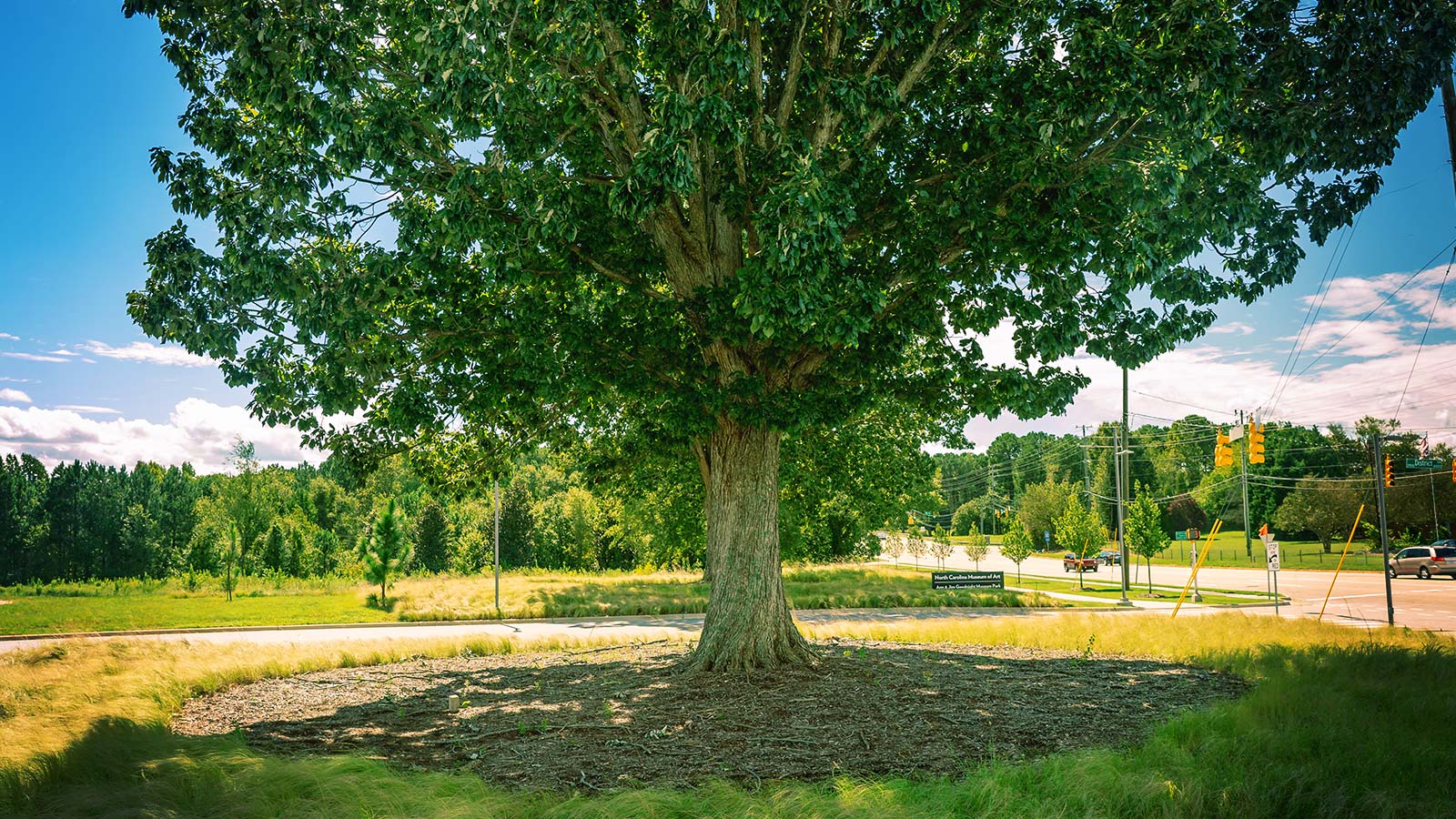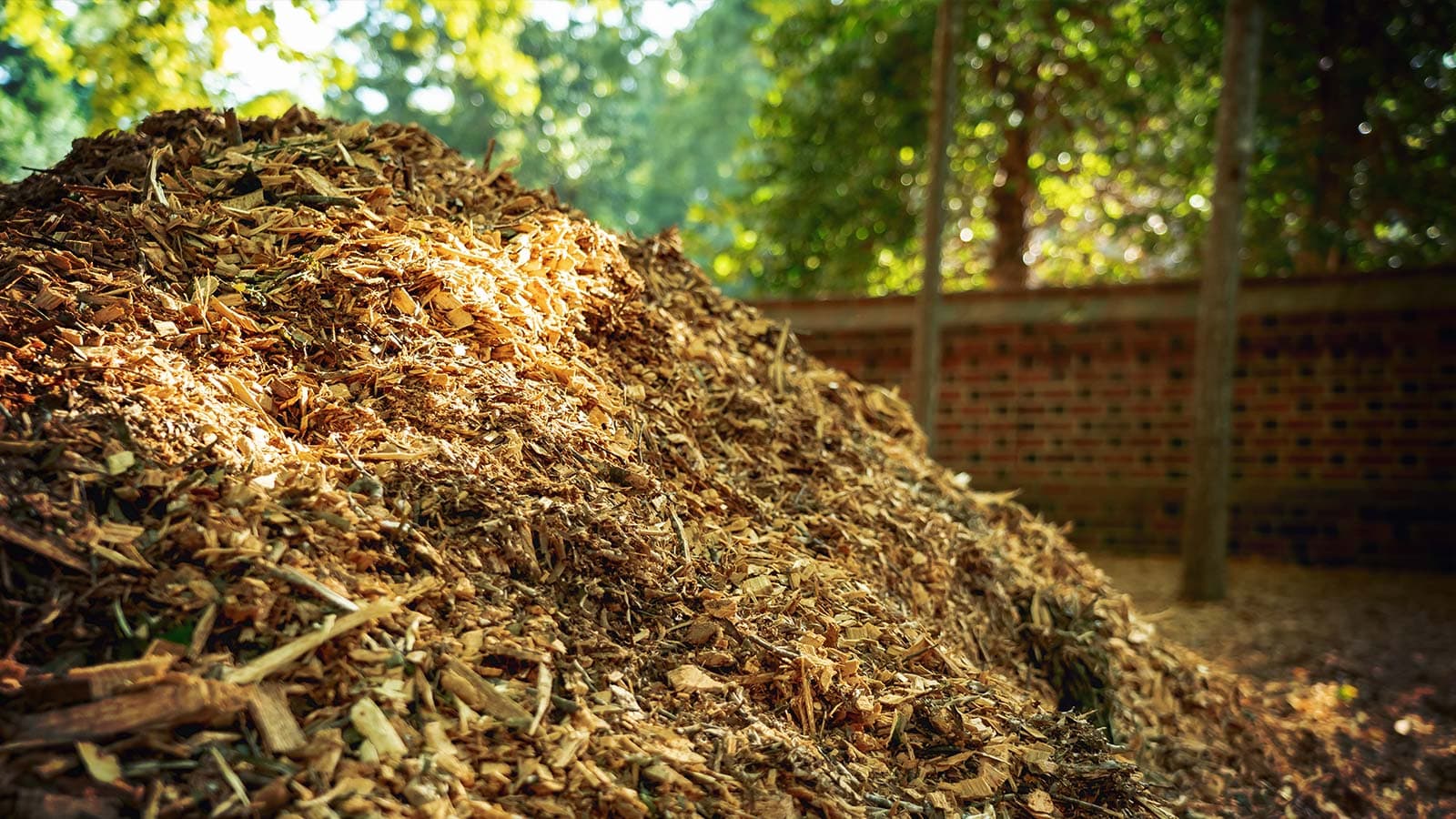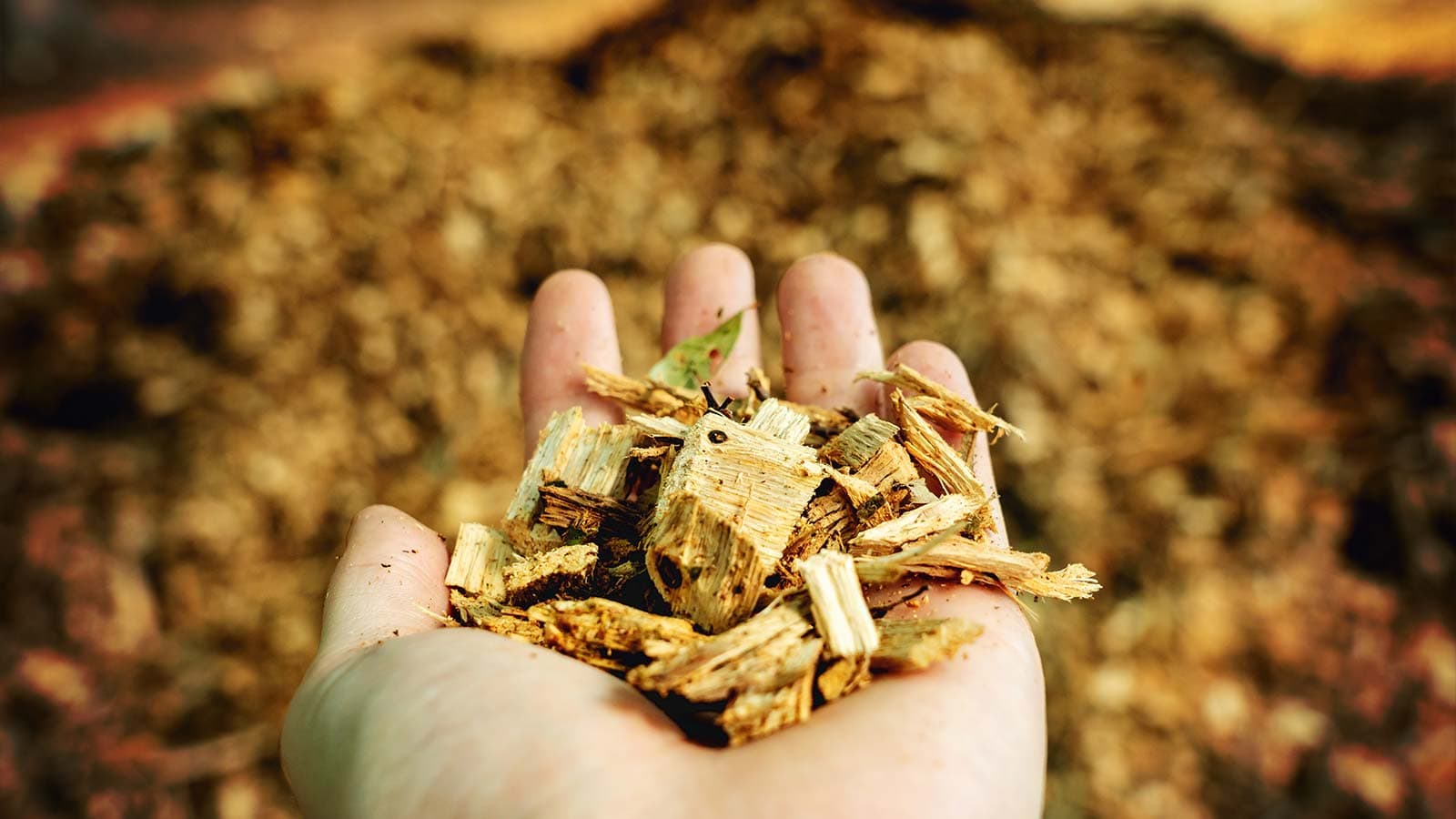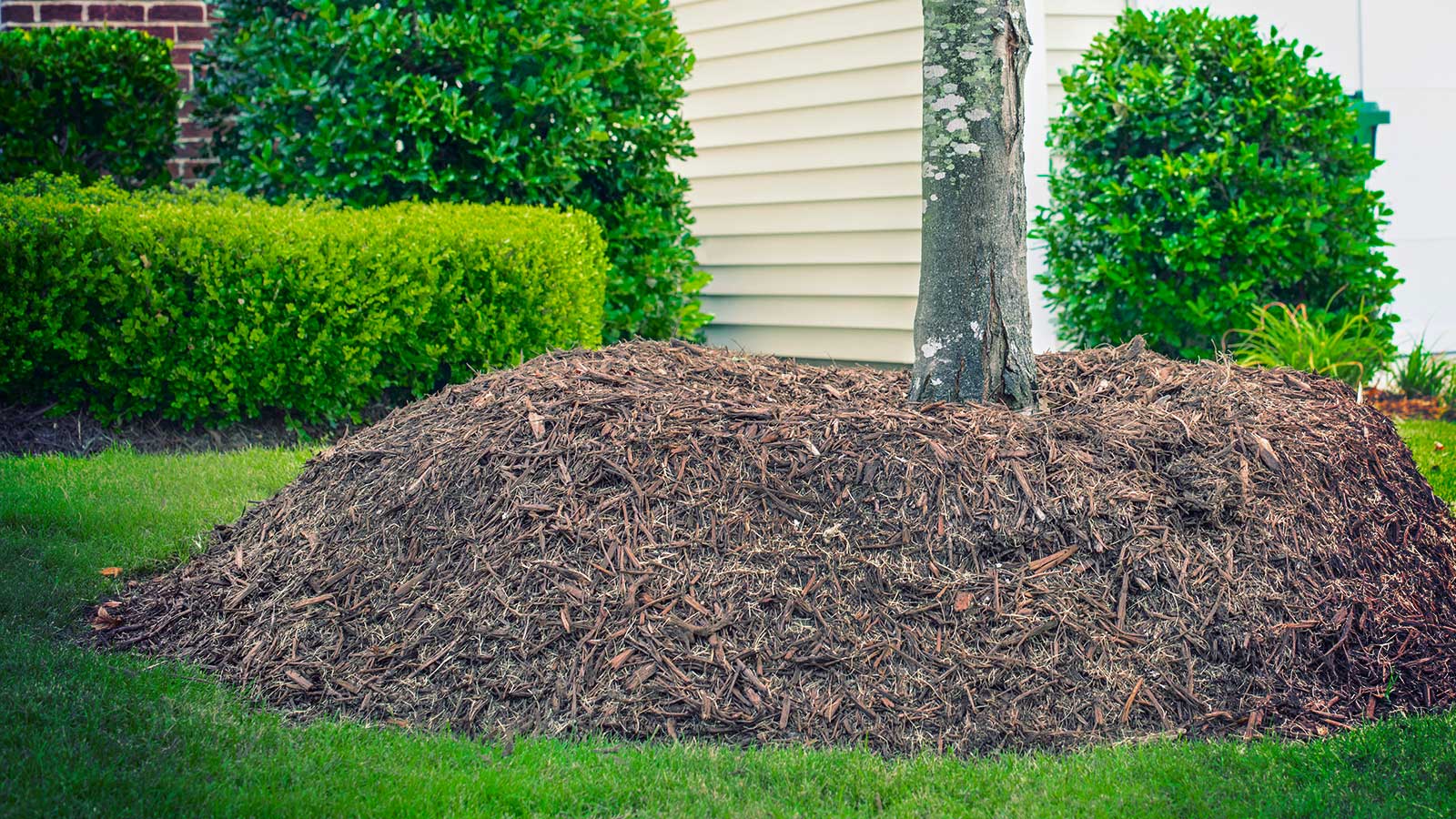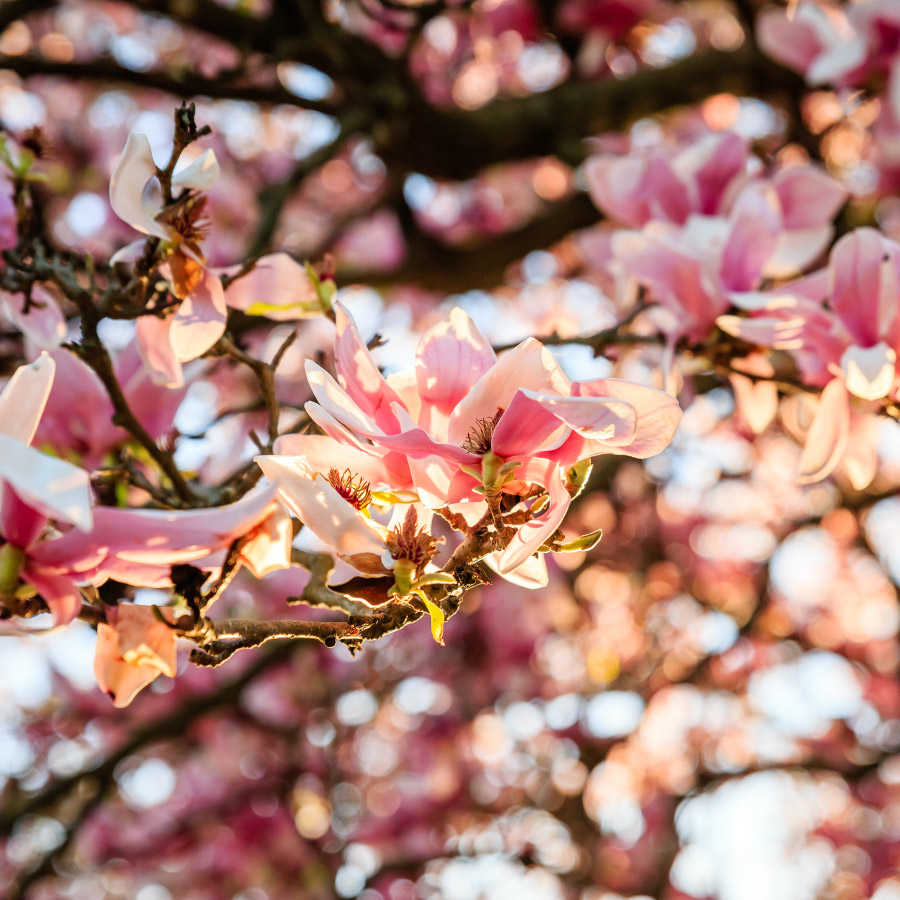Video | How to Spot the Warning Signs: Dead, Dying or Hazardous Trees
Watch this video for some basic tips on how to determine if a tree is dead or dying.
It’s no secret that I love trees, and I typically will discourage you from removing a tree. But there are some situations where a tree should be cut down.
I’m Basil. I’m a Treecologist. Nine times out ten, I’m going to convince you not to remove a tree, but there are some situations where trees should be removed. It could be hazardous. It could be dying. It could be dead. The challenge is knowing when a tree needs to be removed. I want to walk you through some things you can look out for. Some warning signs or some very clear signs that, yes, it is time to cut this tree down.
So let’s start in the canopy, it’s summer. The tree should be green; it’s not green. There are no leaves. That is a definite dead tree, and we’ll need to determine whether or not that tree poses any risk to you or your property. If so, we need to remove that tree.
Next, let’s look at the trunk. We’re looking for hollows. We’re looking for rotten areas. We’re looking for bark that is peeling off. We’re looking for splits and cracks. As with anything to do with trees, these are not hard and fast rules, but they are definitely potential warning signs, things you can look for that there could be an issue.
Finally let’s look at the root plate. There are three things that I recommend you watch for: 1) An abundance of mushrooms. That could be a sign that roots are rotting and dying. 2) Roots are lifting up. I’m not talking about a root growing on the surface. I’m saying roots are lifting up as in the tree could slowly be tipping over. 3) Any kind of construction disturbance underneath the canopy. So if somebody cuts a trench line or digs a hole, these are all things that could destabilize the tree and kill it.
Before I move on, let me add that not all dead trees need to be removed. They are actually very important to the ecosystem. They provide homes to migratory birds, bats, all sorts of important bugs. What I typically say is that if it’s back in the woods and nobody is going to be hurt from this tree if it falls, leave it.
Another common concern is when there is a large tree near a house. The concern is that this tree is a threat and will cause the most damage during a storm. But that tree is actually the one that has weathered many storms; it’s lived a long life, it’s quite likely the most stable tree in the yard. Short of a serious disaster such as a tornado or a major hurricane, that tree is not something you should have to worry about.
Trees are growing organisms. Every year they evolve, and they are often part of a landscape that is changing and evolving as well. So there aren’t any good, hard and fast rules about when a tree should be removed or when it should stay.
I’ve said this in the past, but establishing a baseline is very helpful because if you know what the tree normally looks like and suddenly it looks different, you know you might have an issue. The tree could be dying. It could be dead.
But I hope this video has given you enough knowledge to at least spot the warning signs for a potentially dead, dying or hazardous tree.


